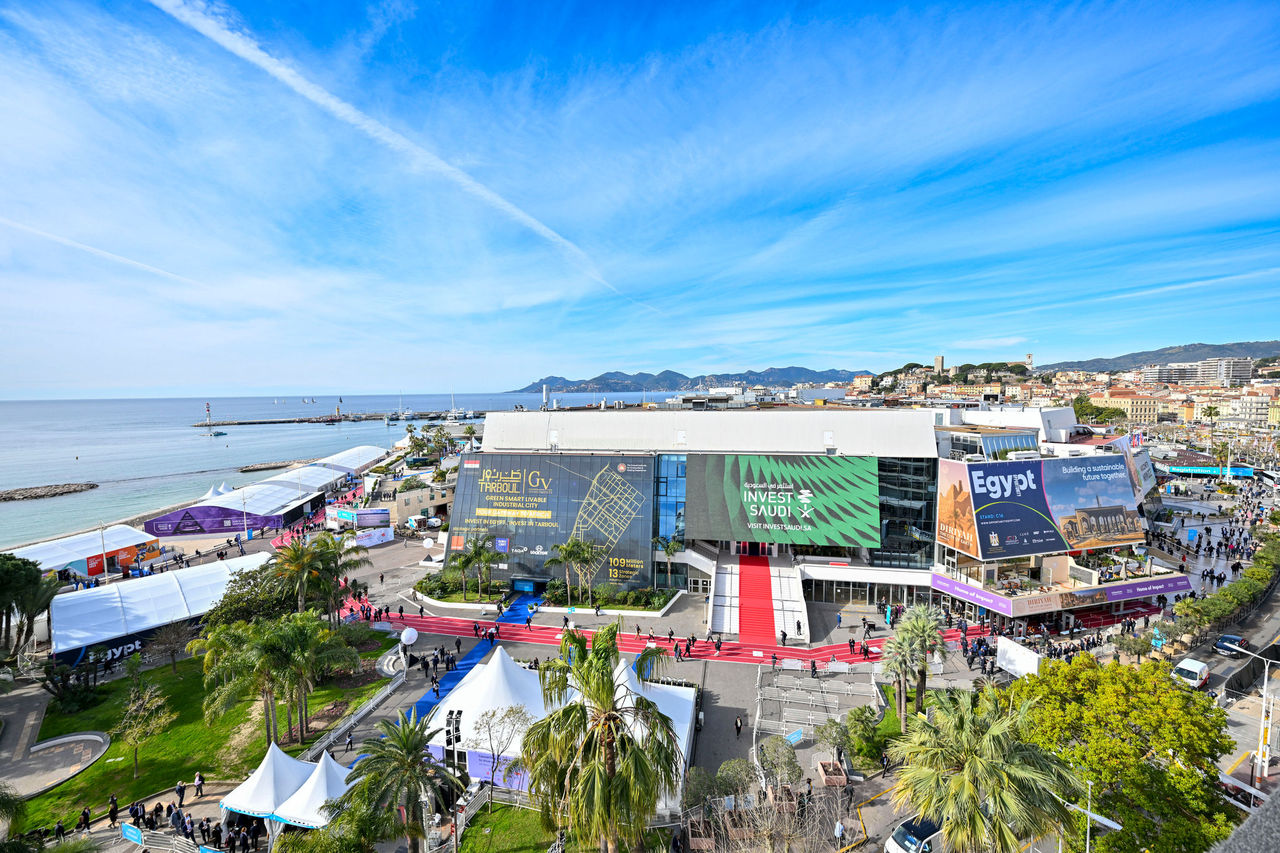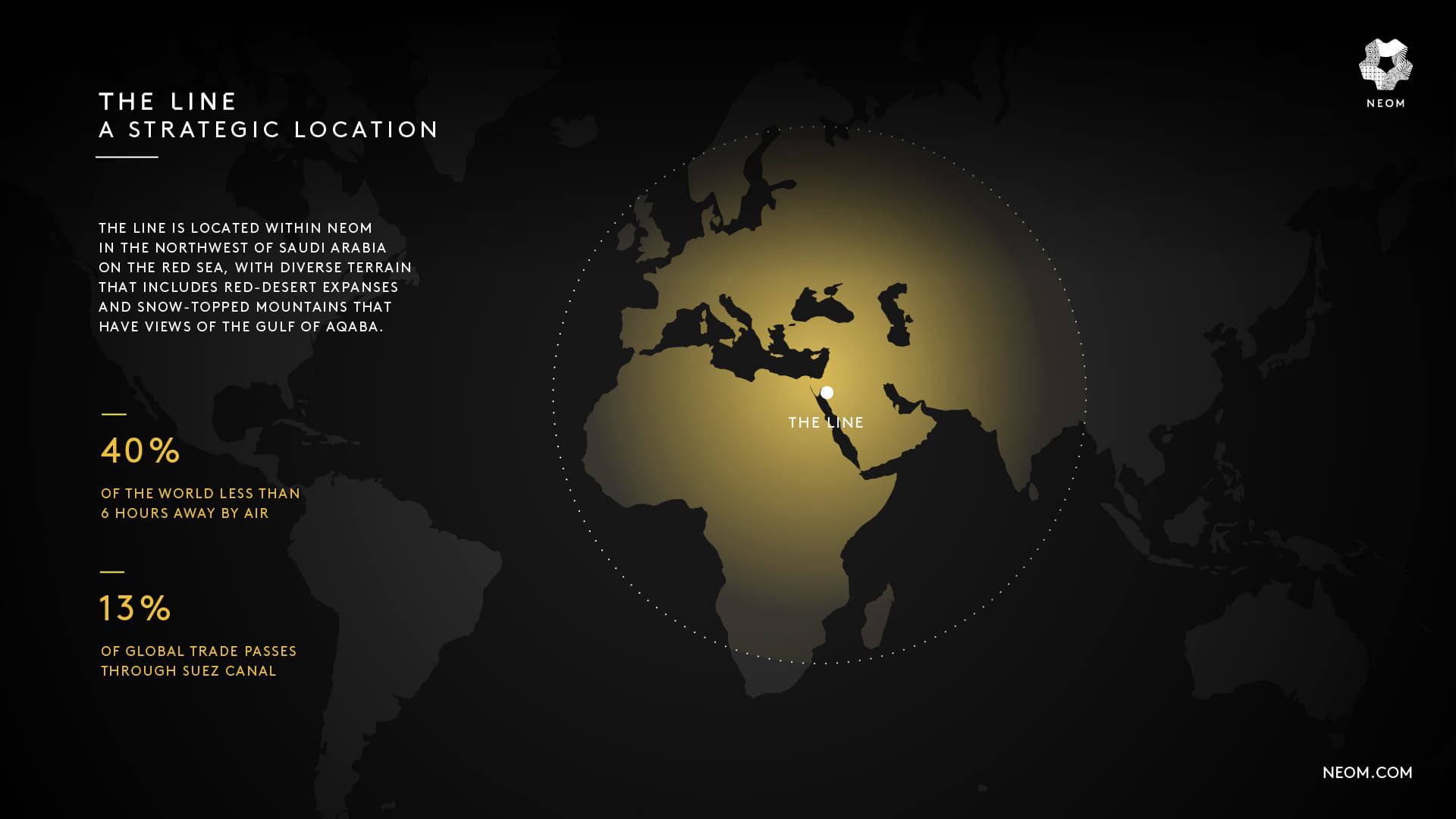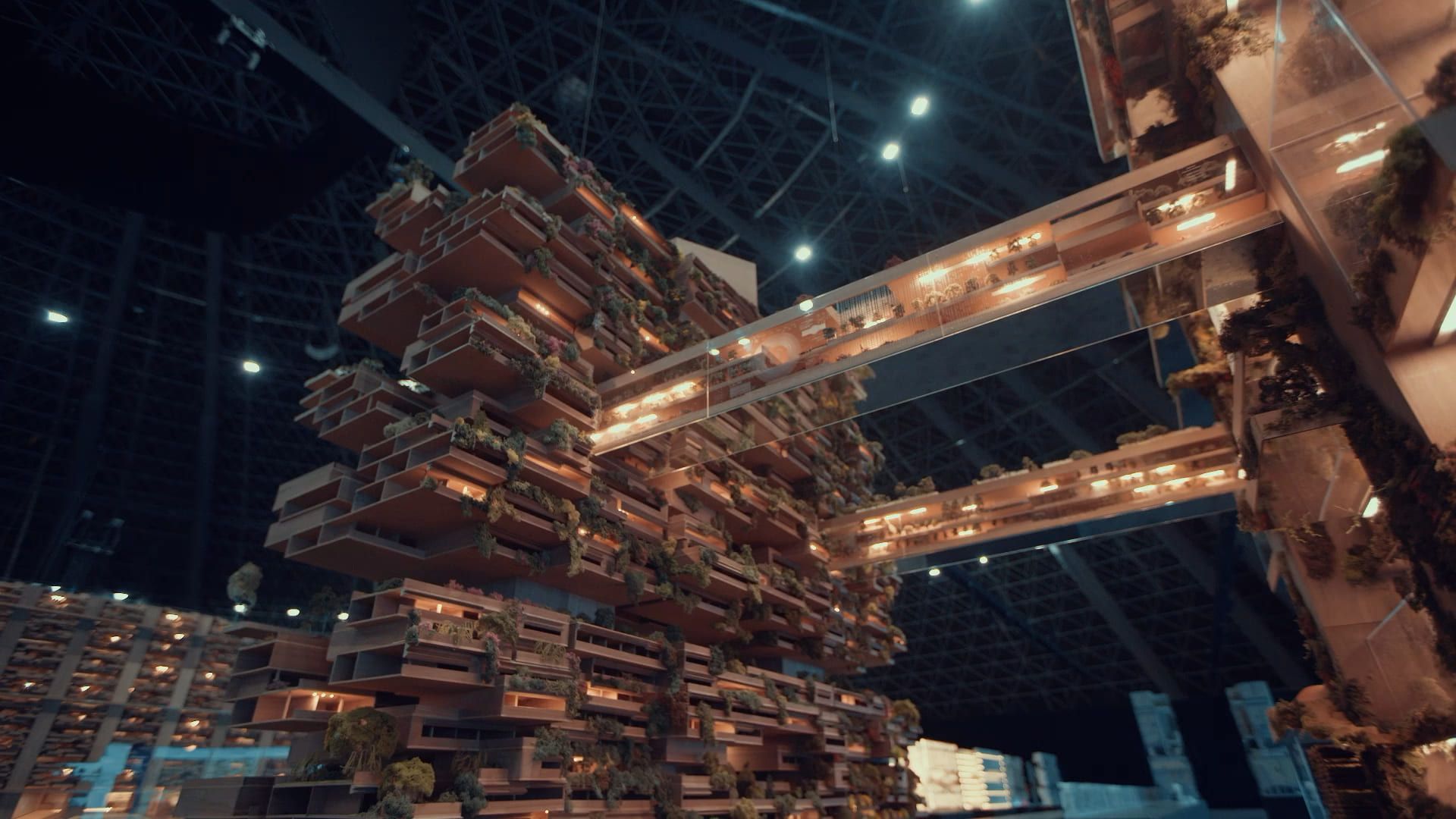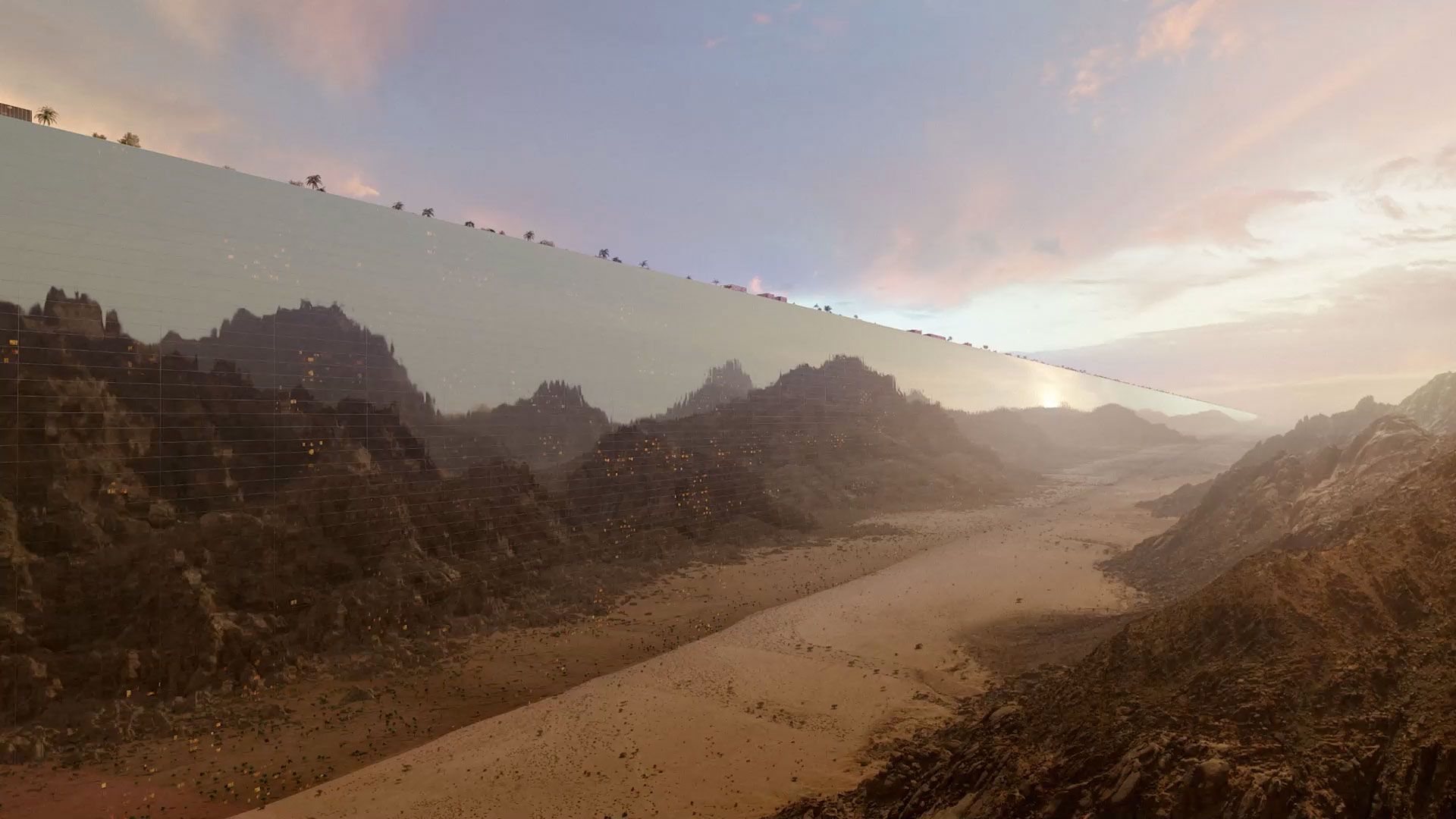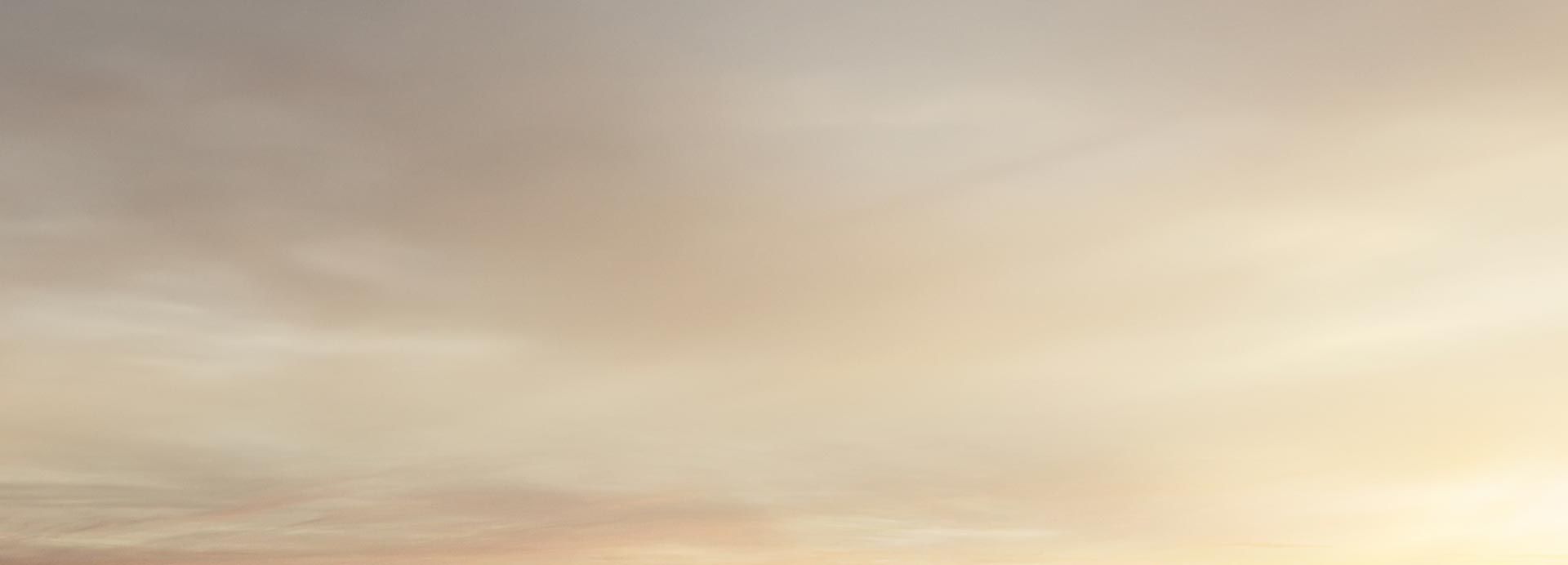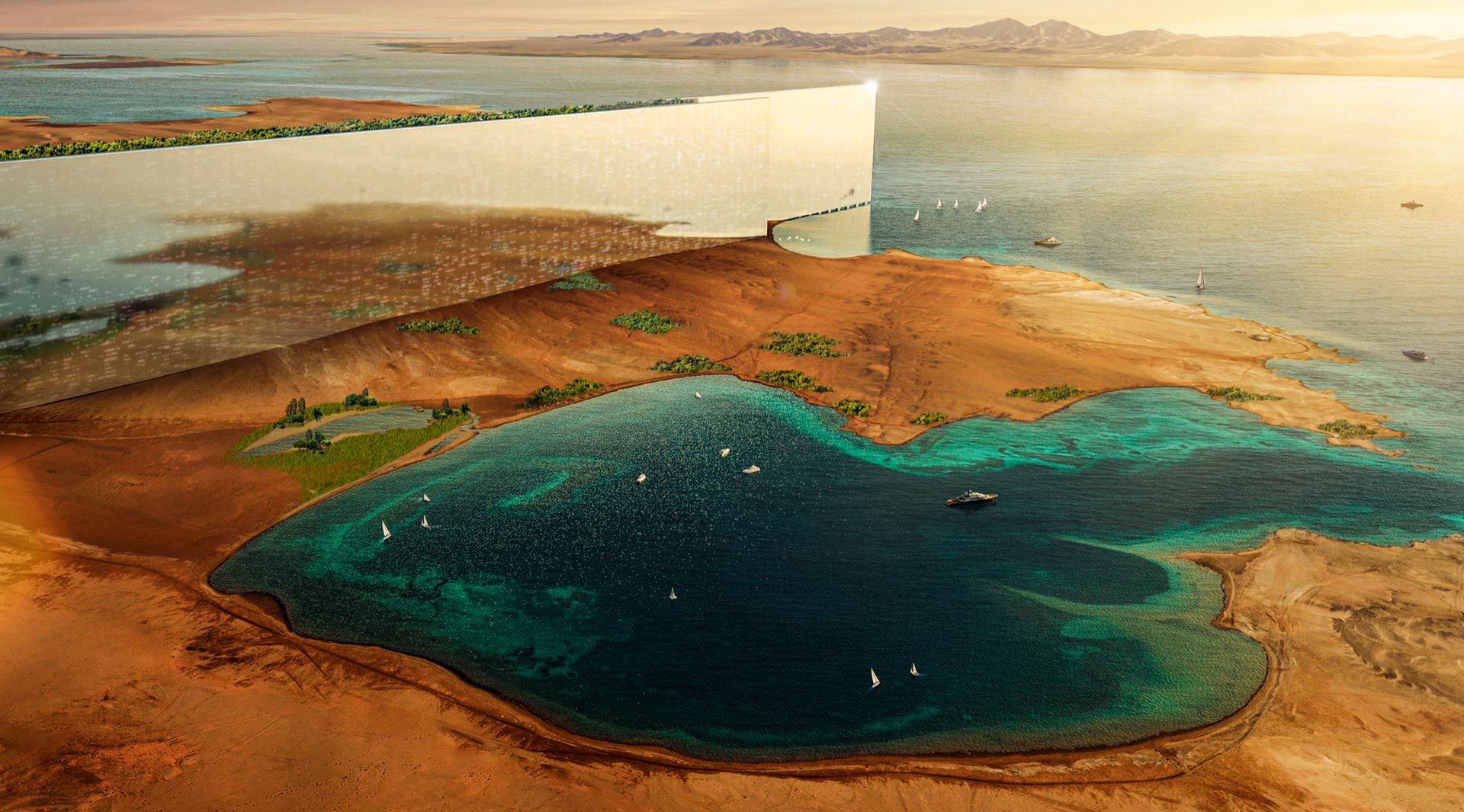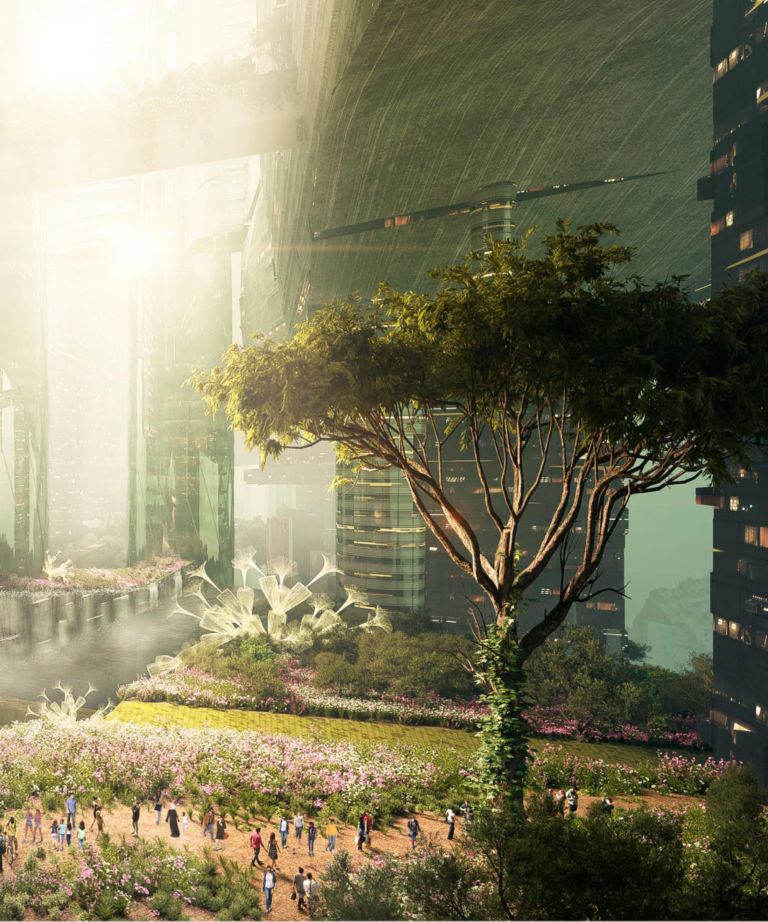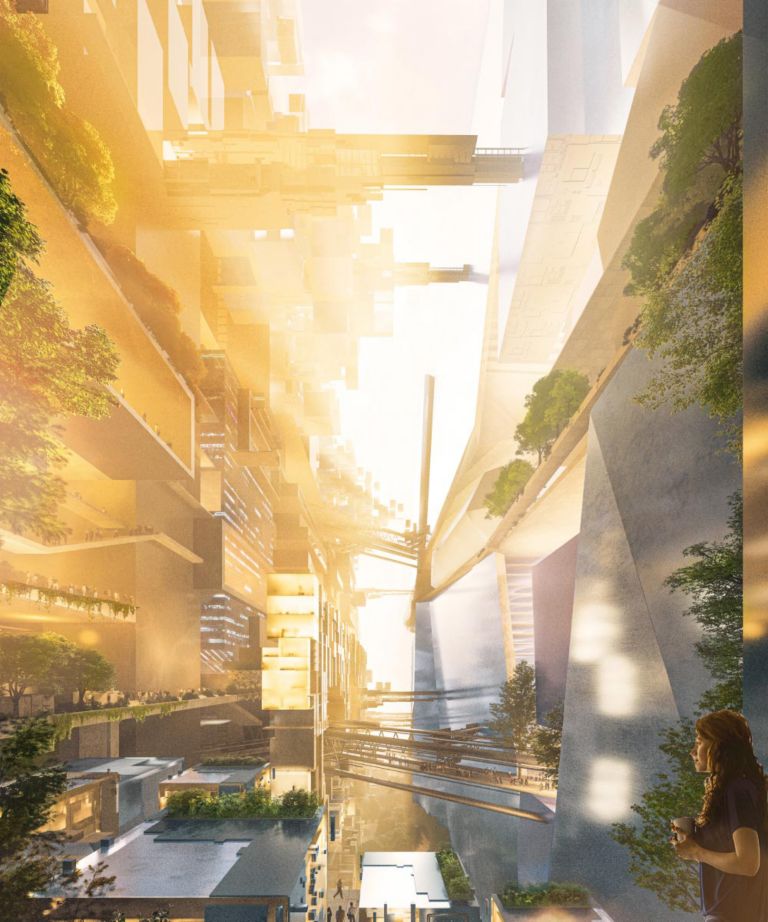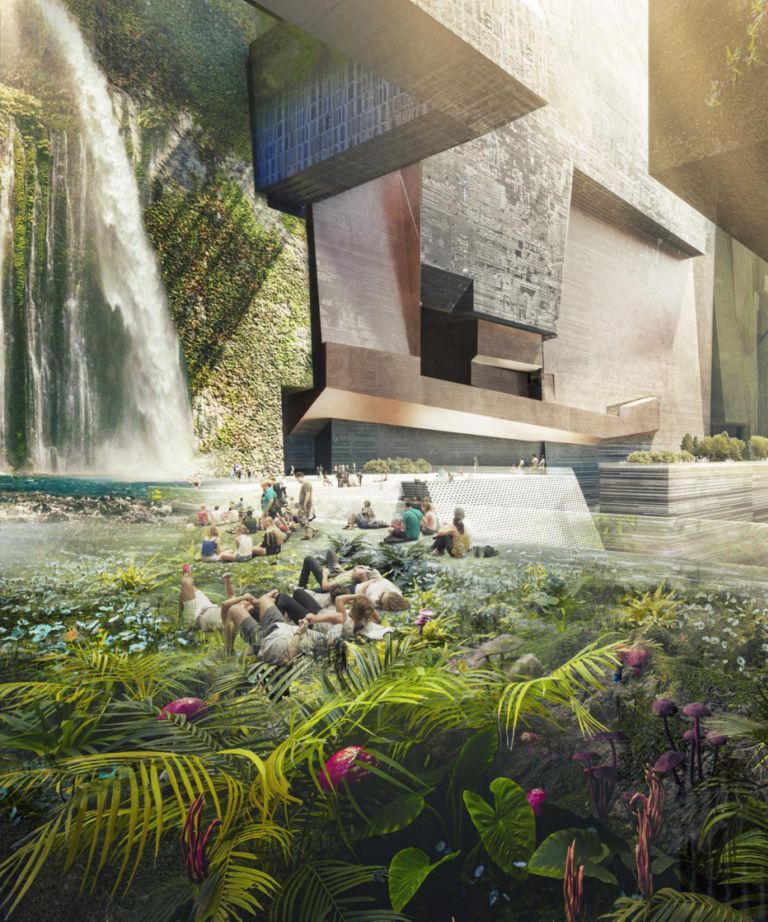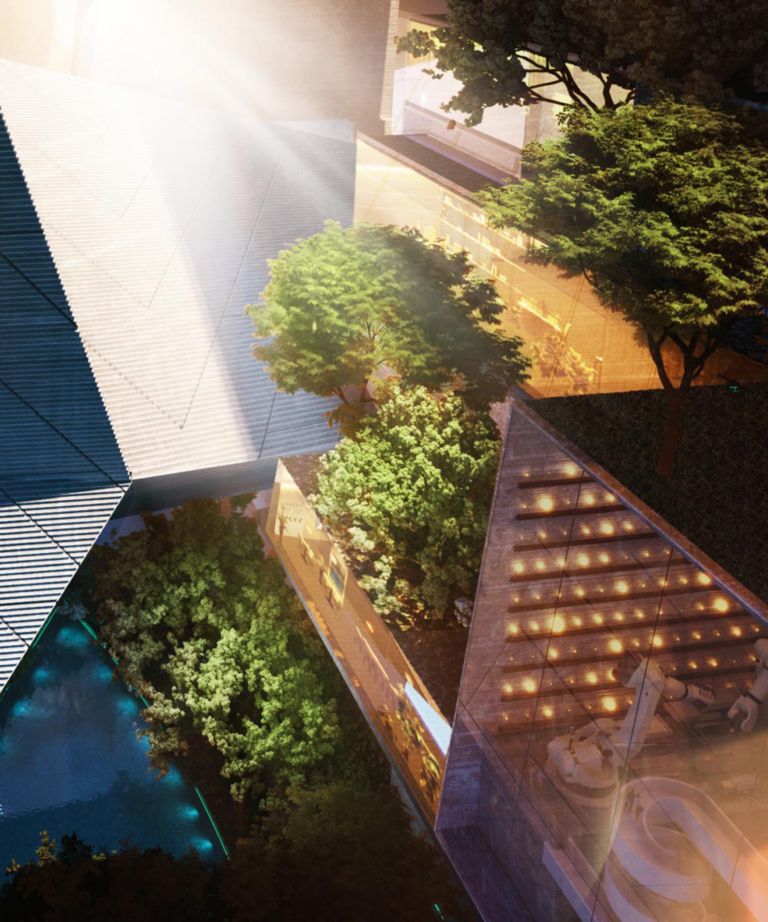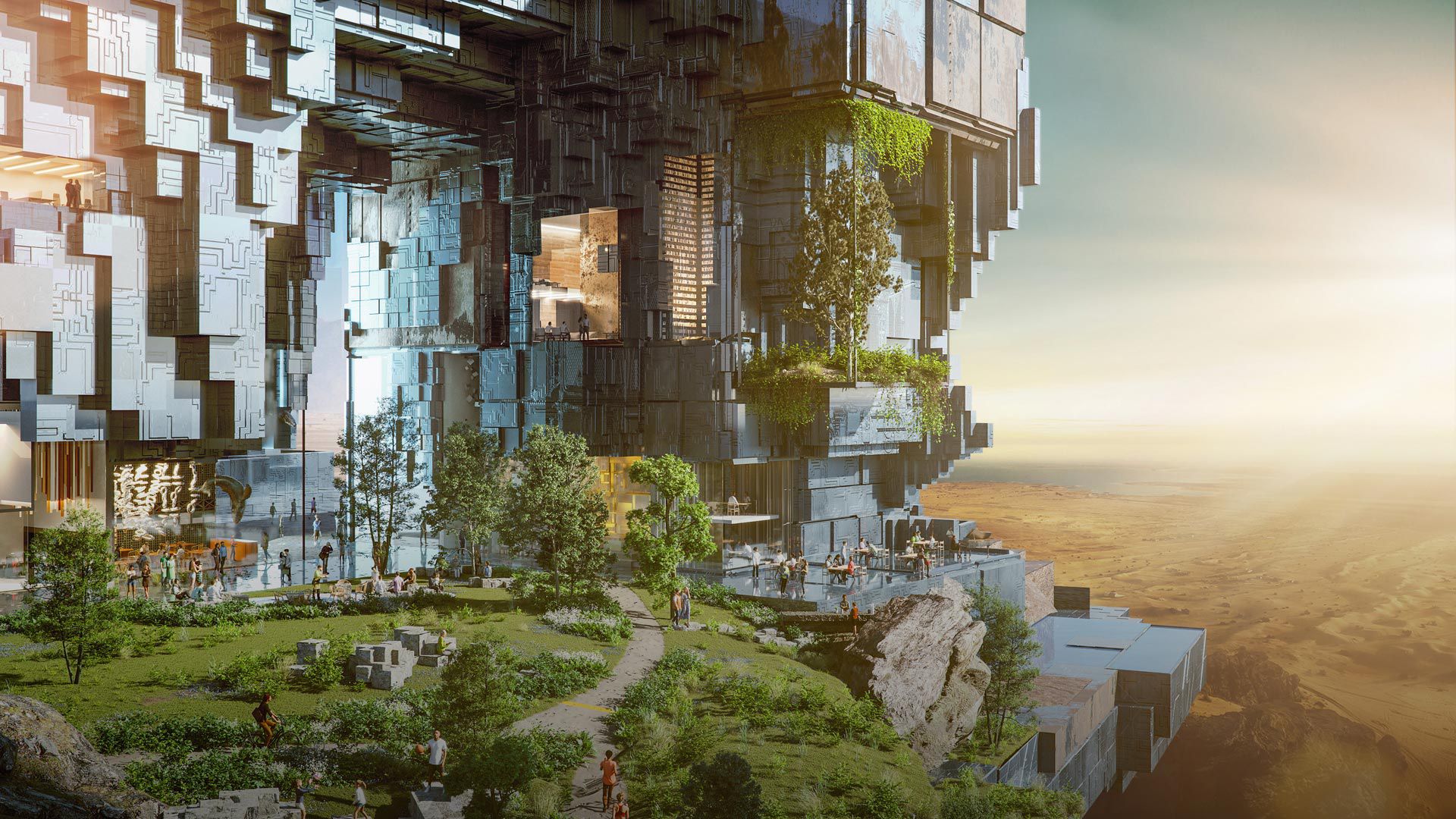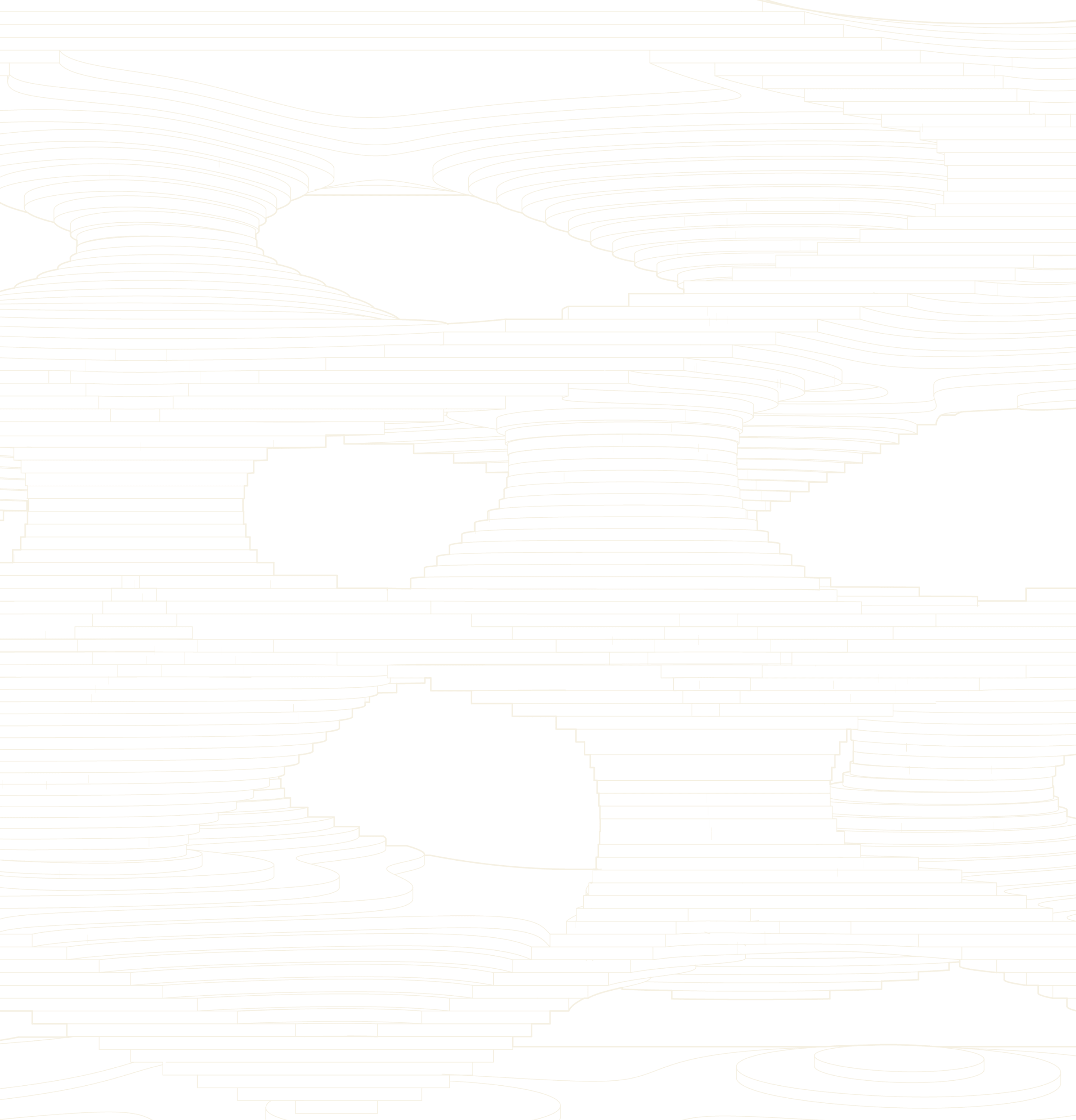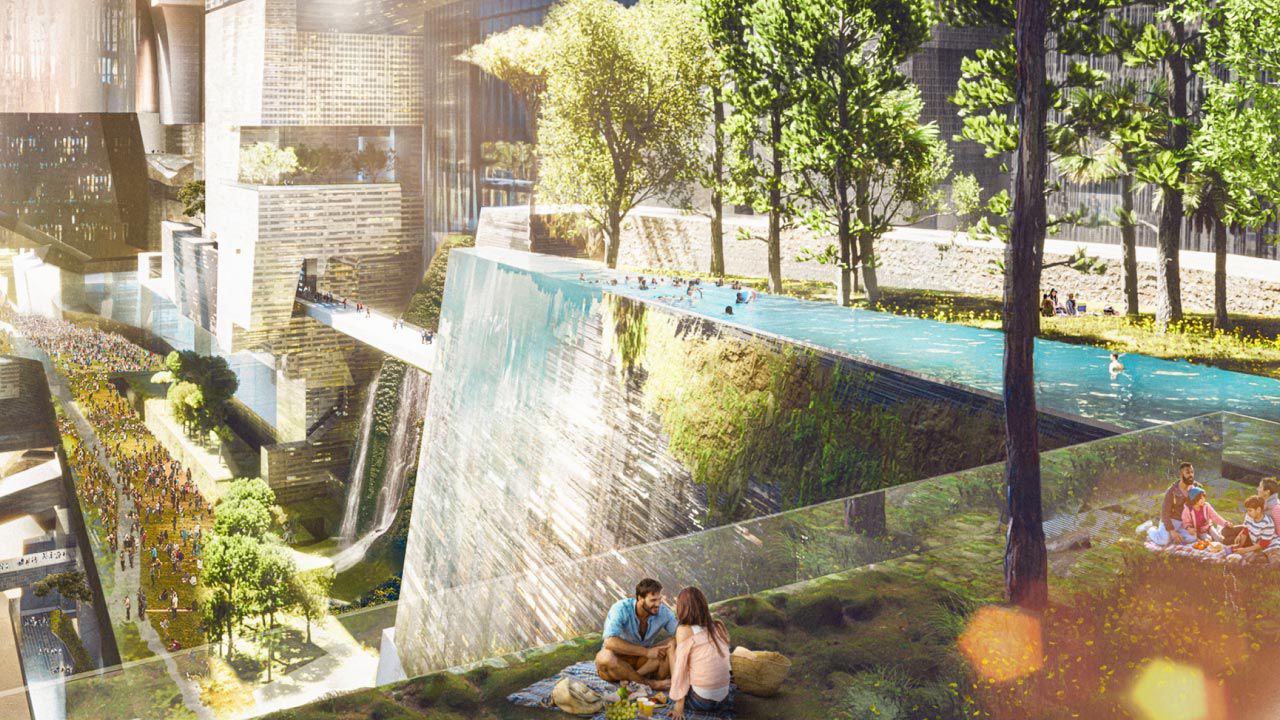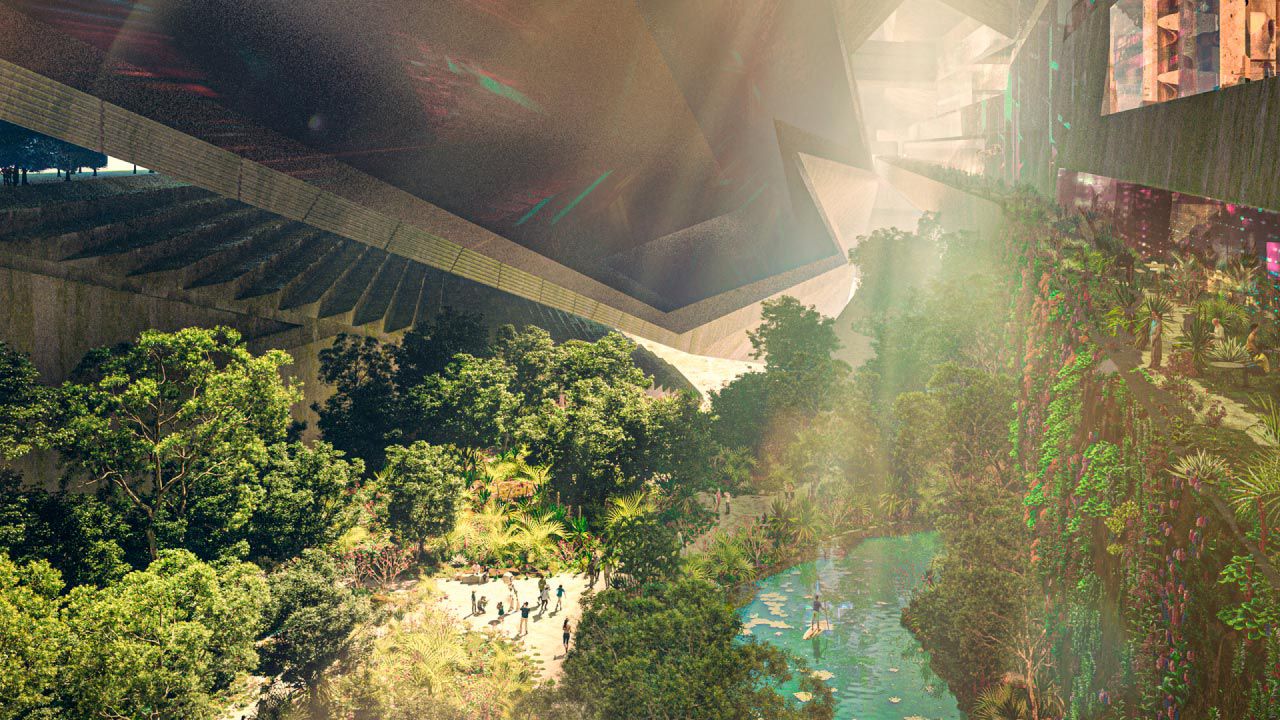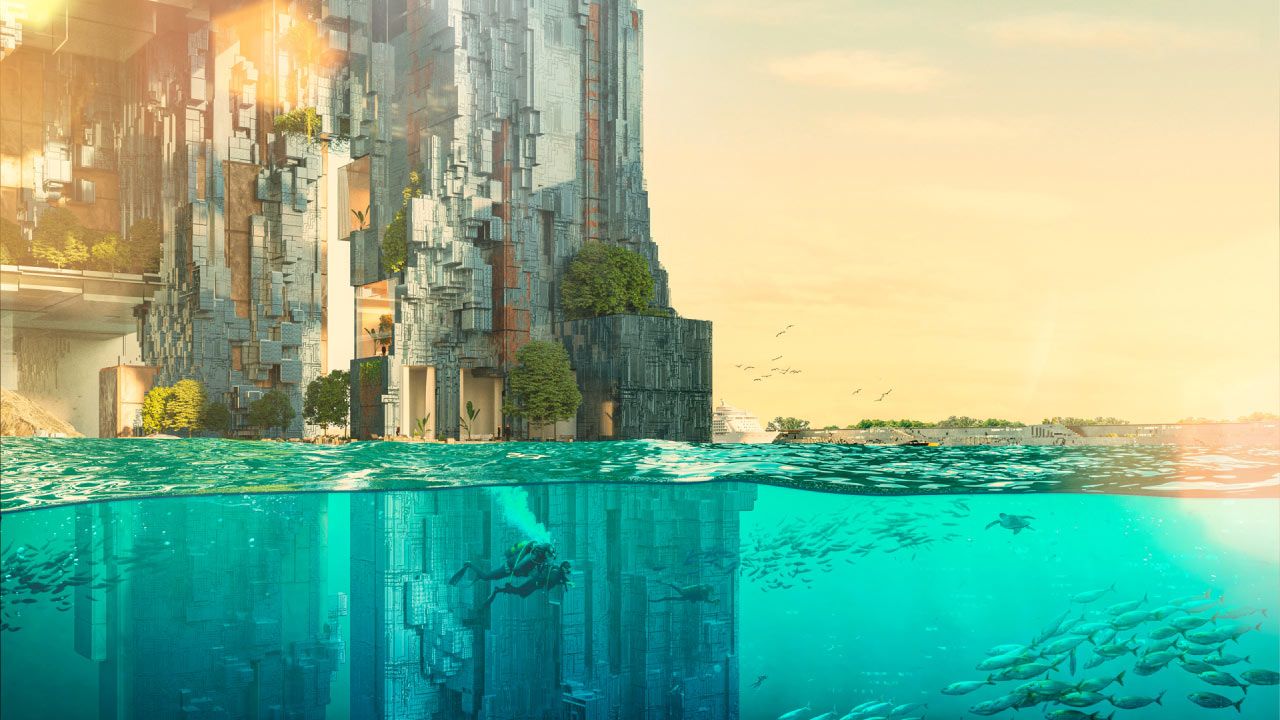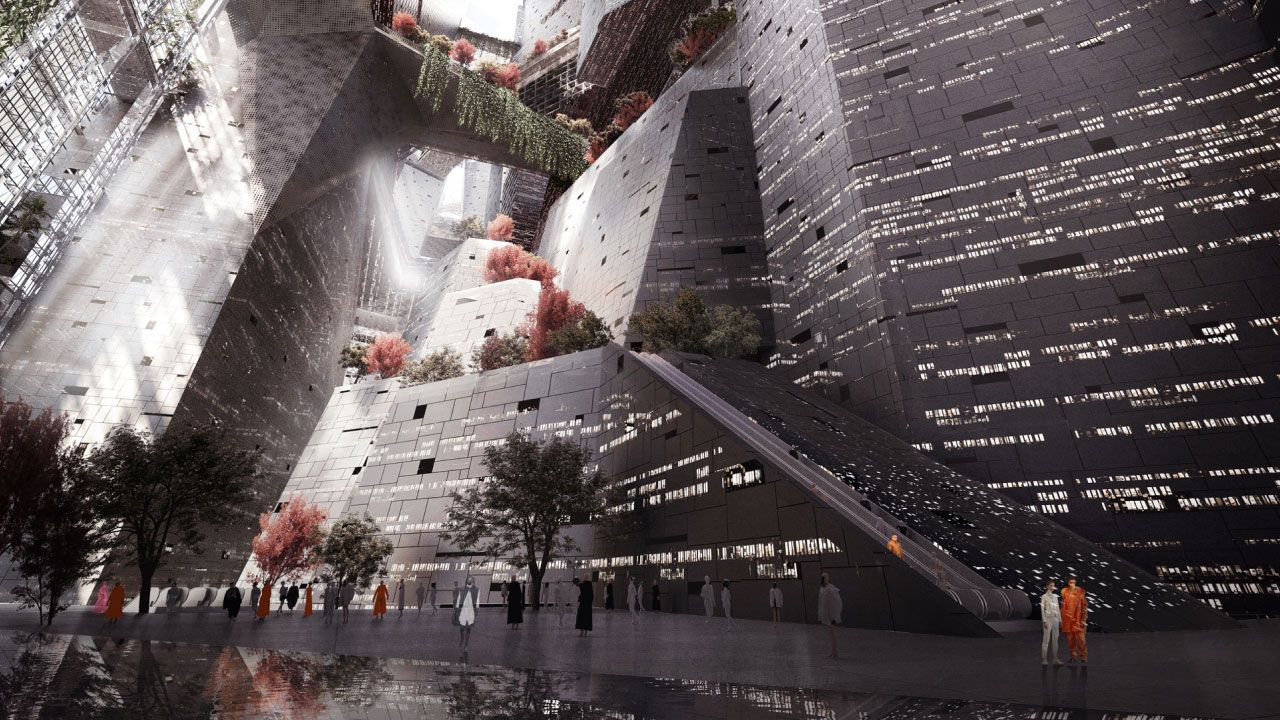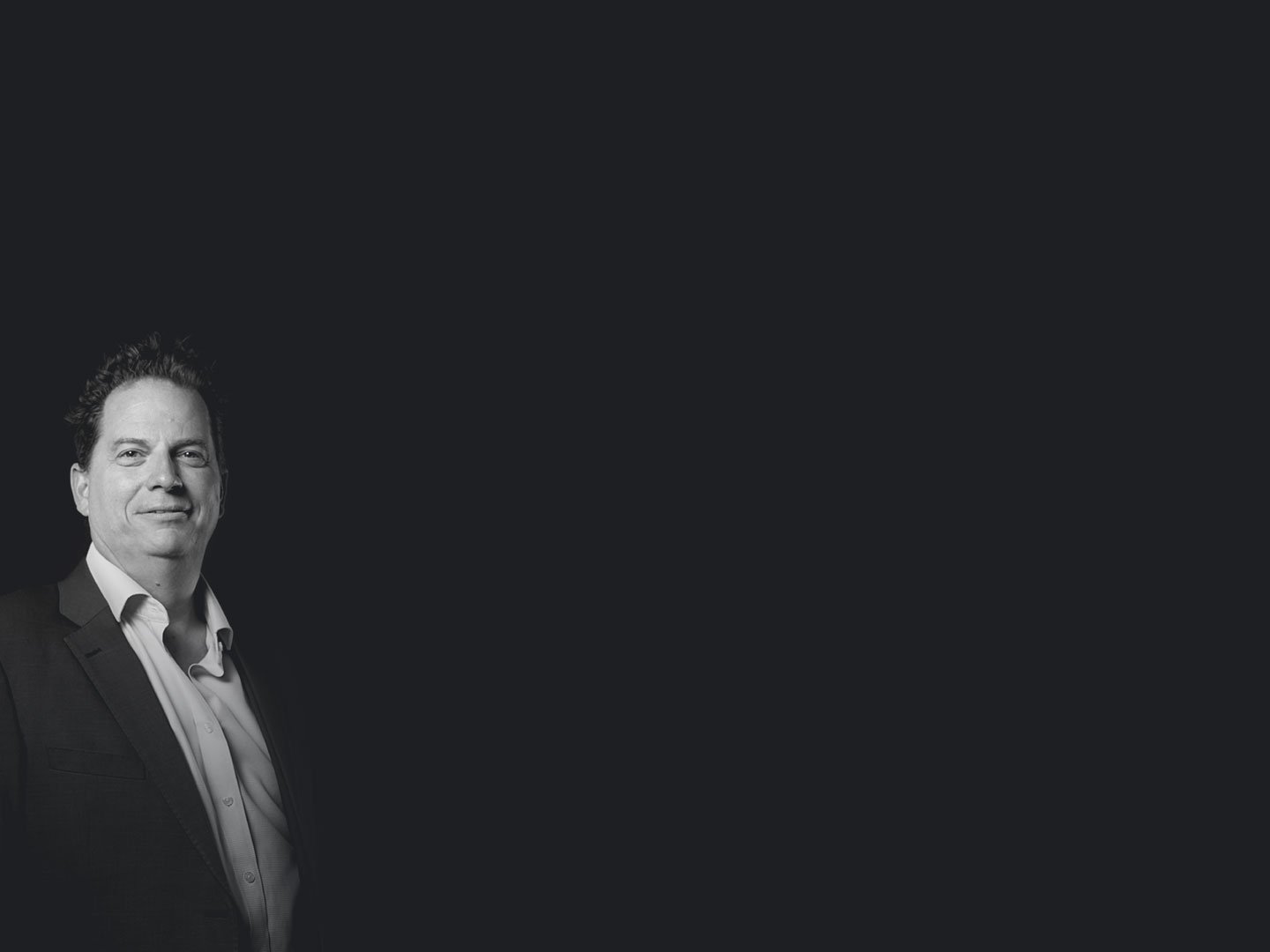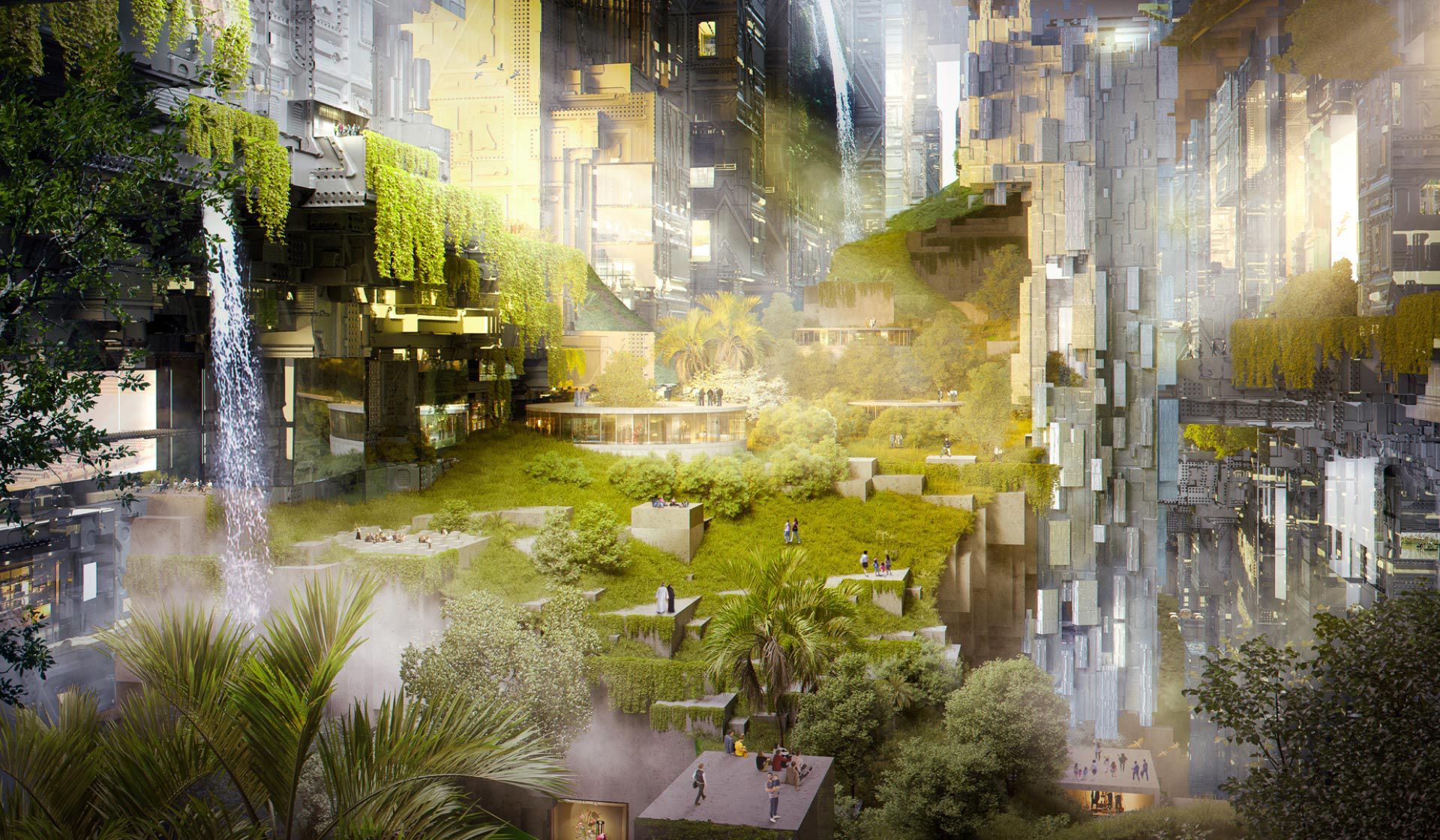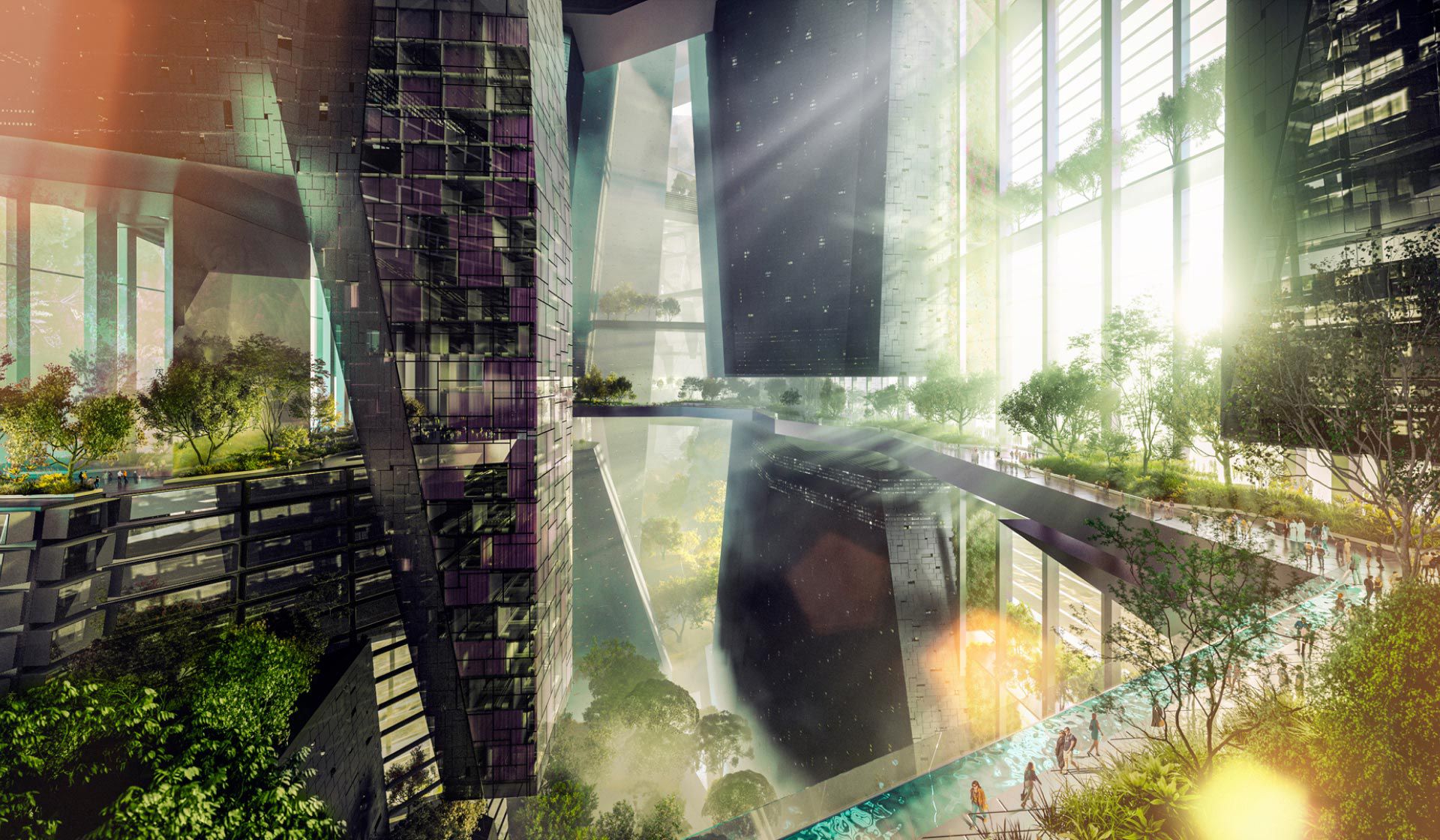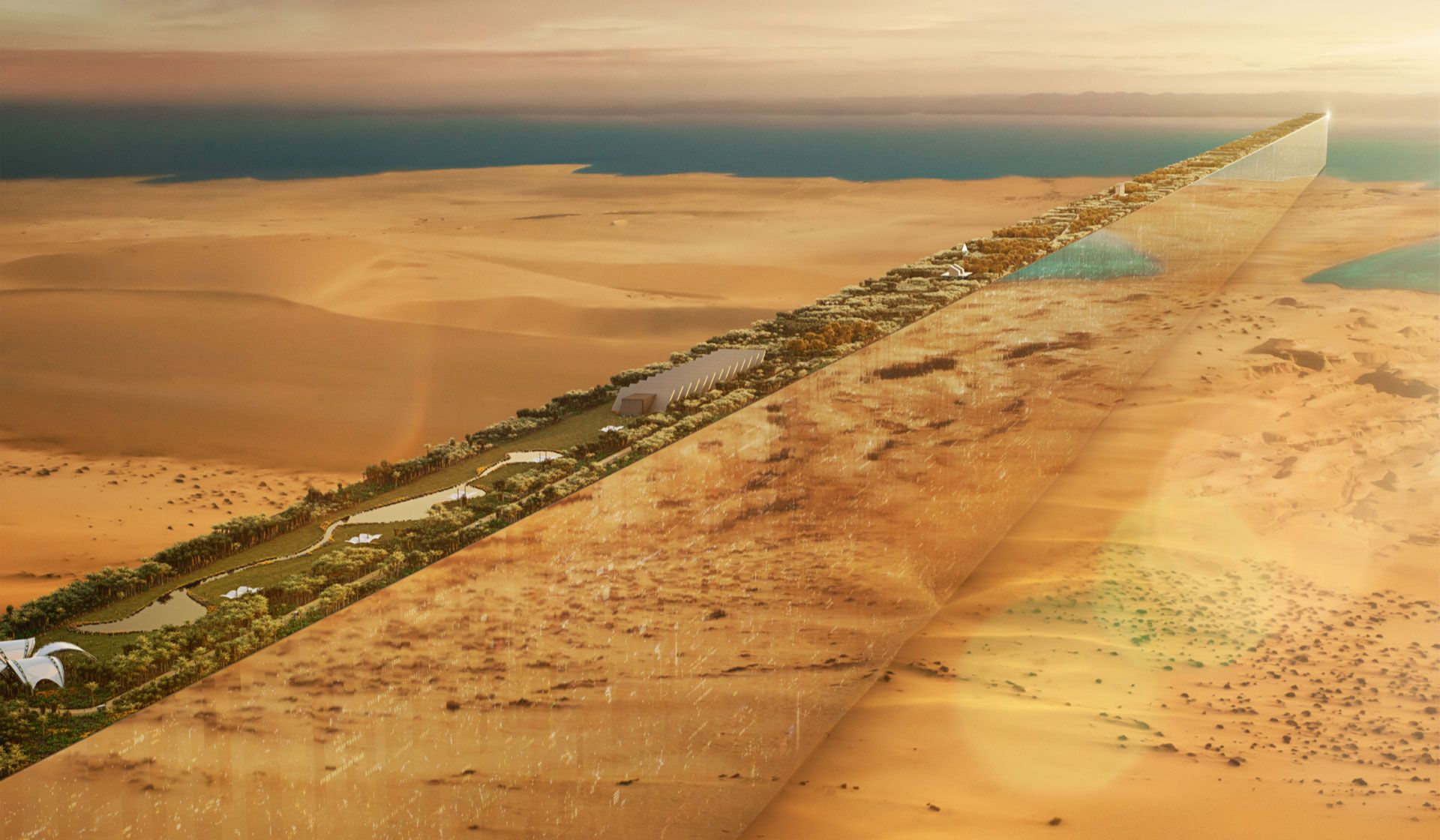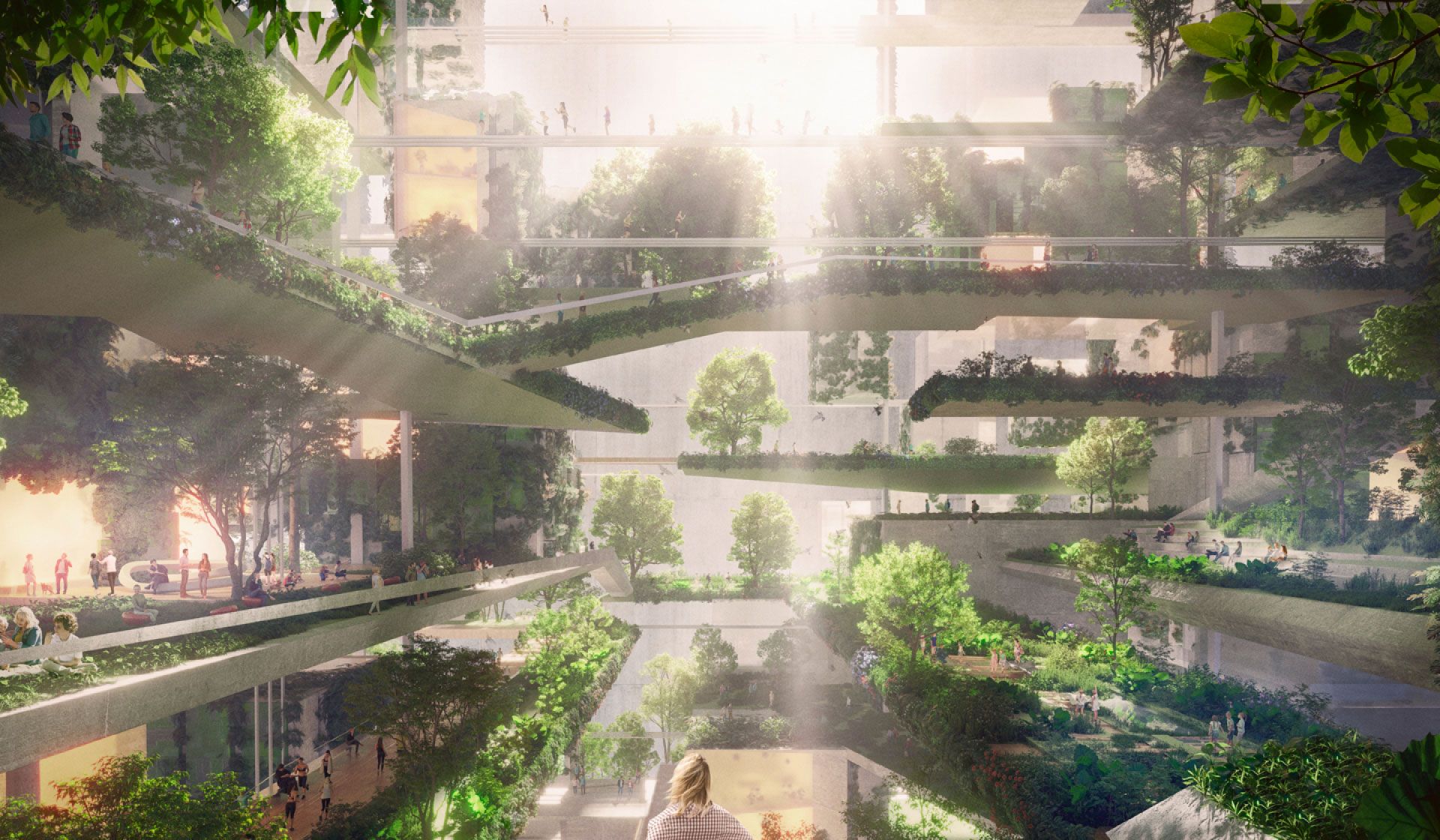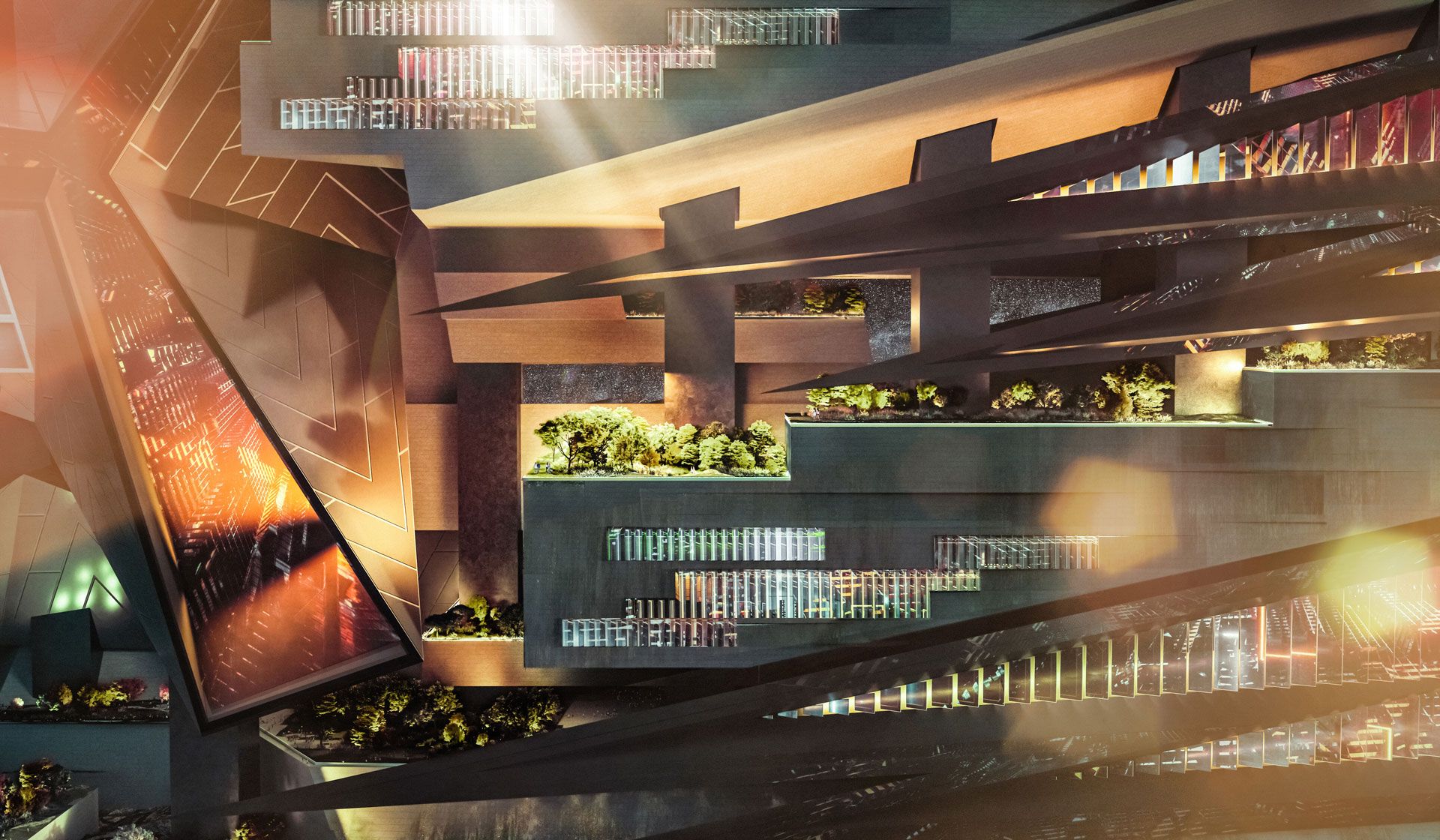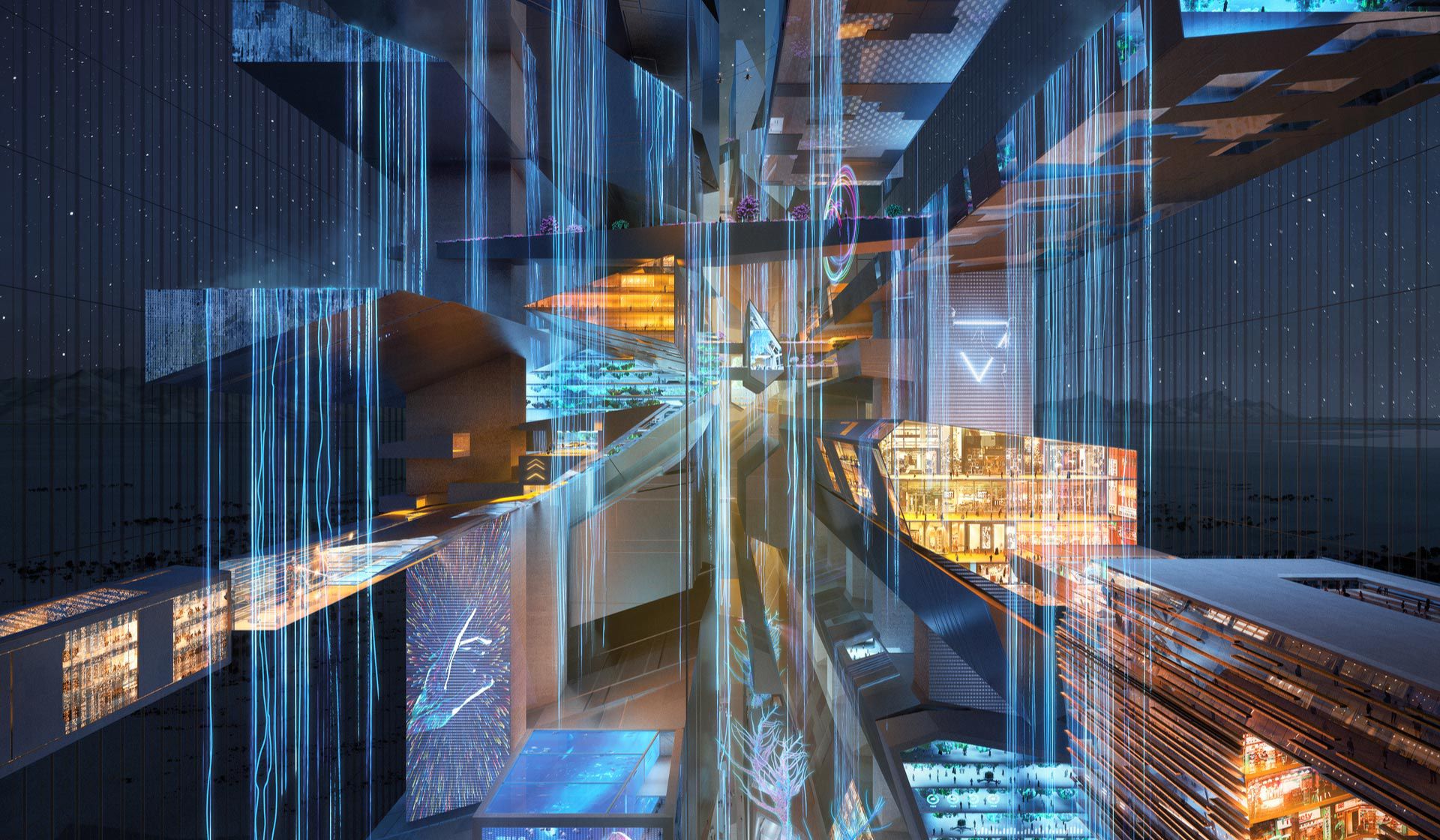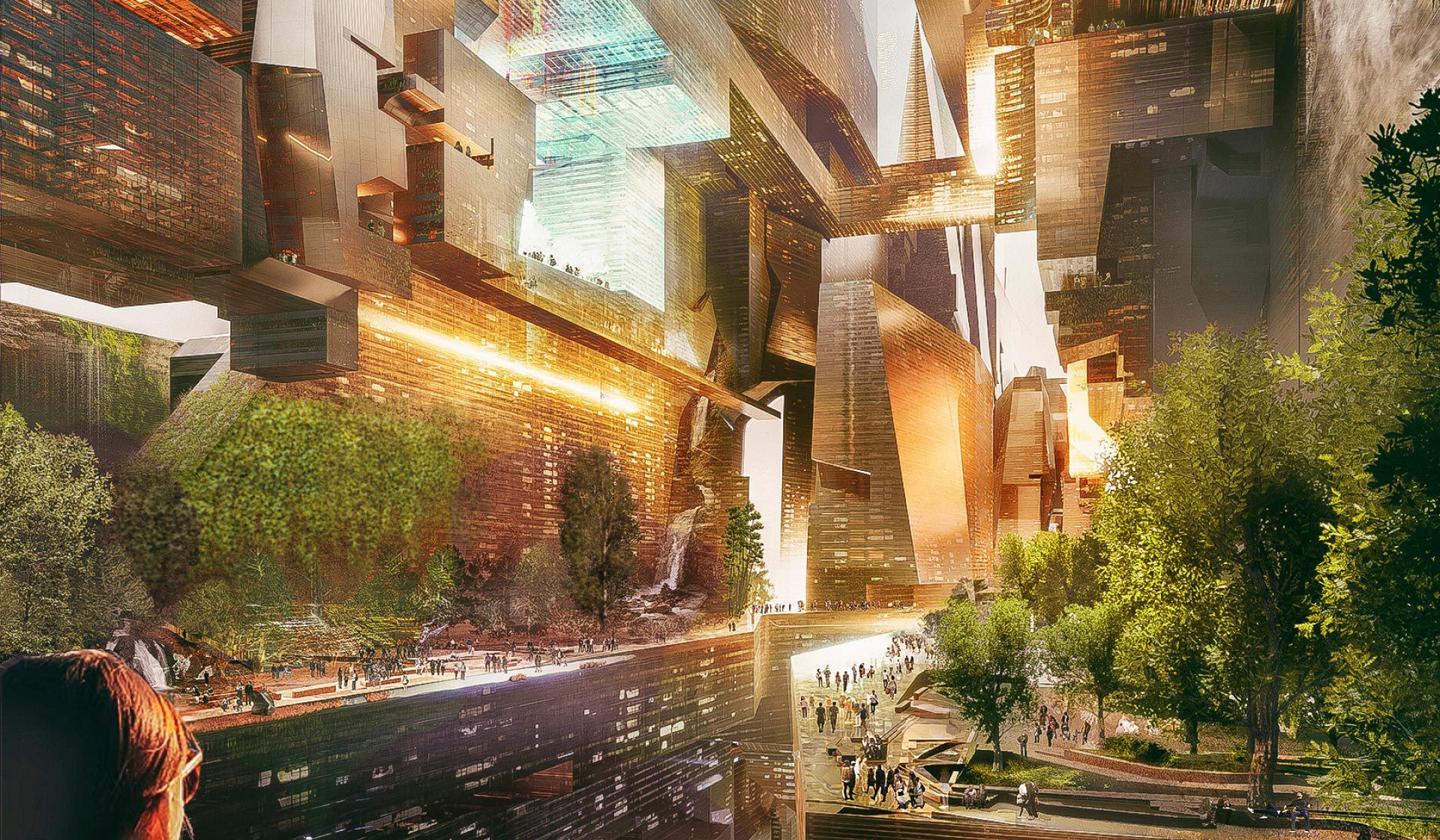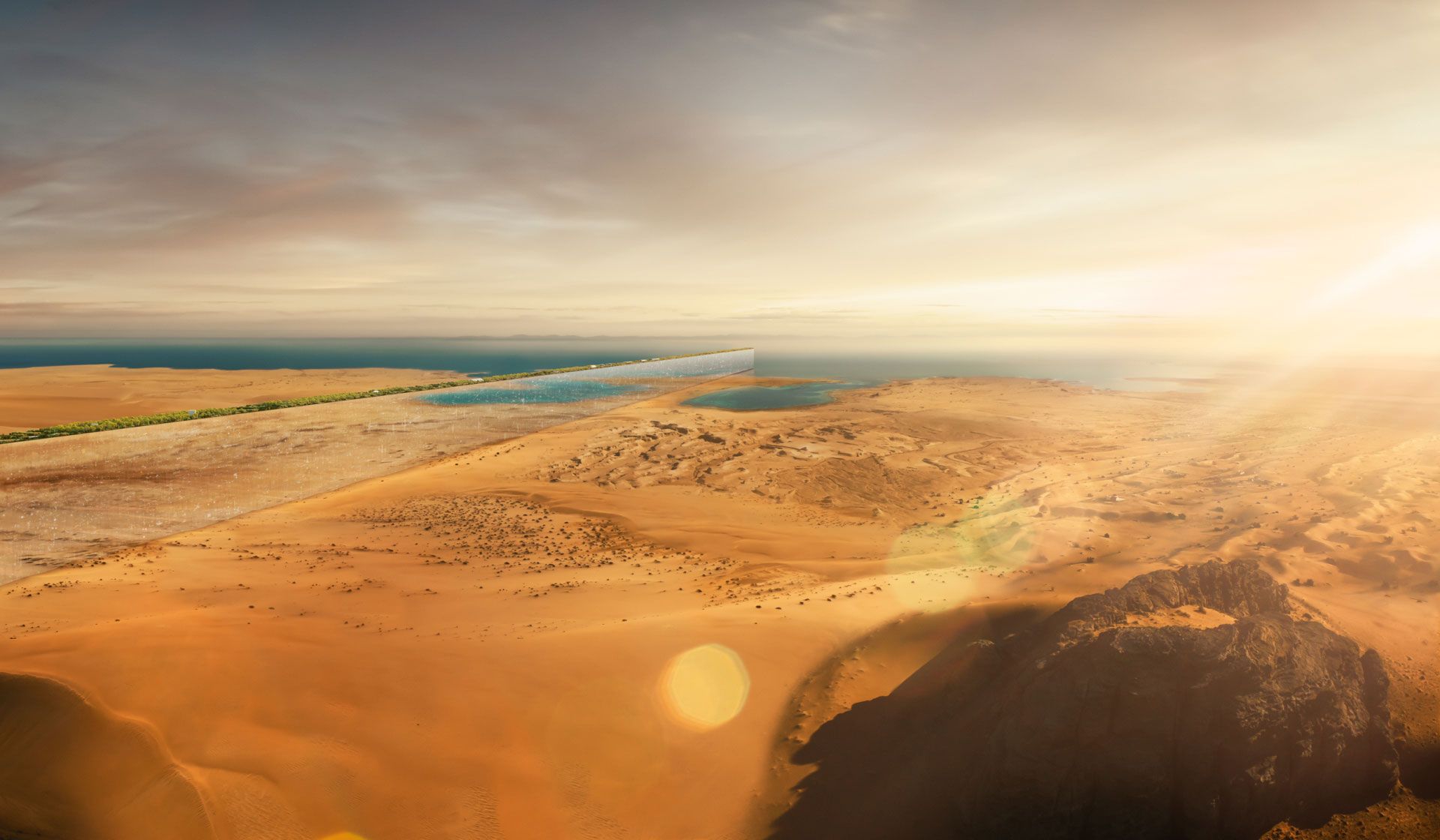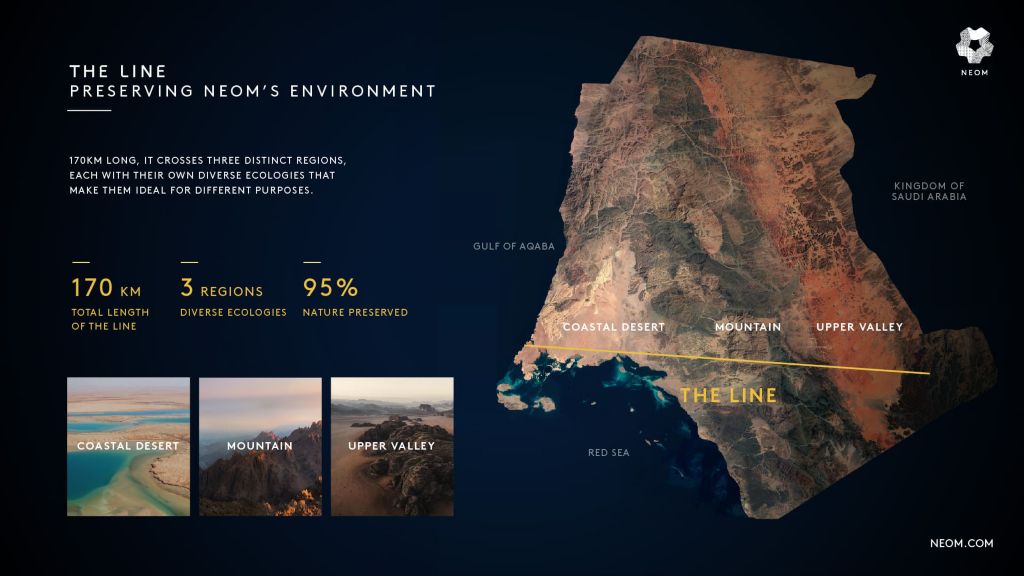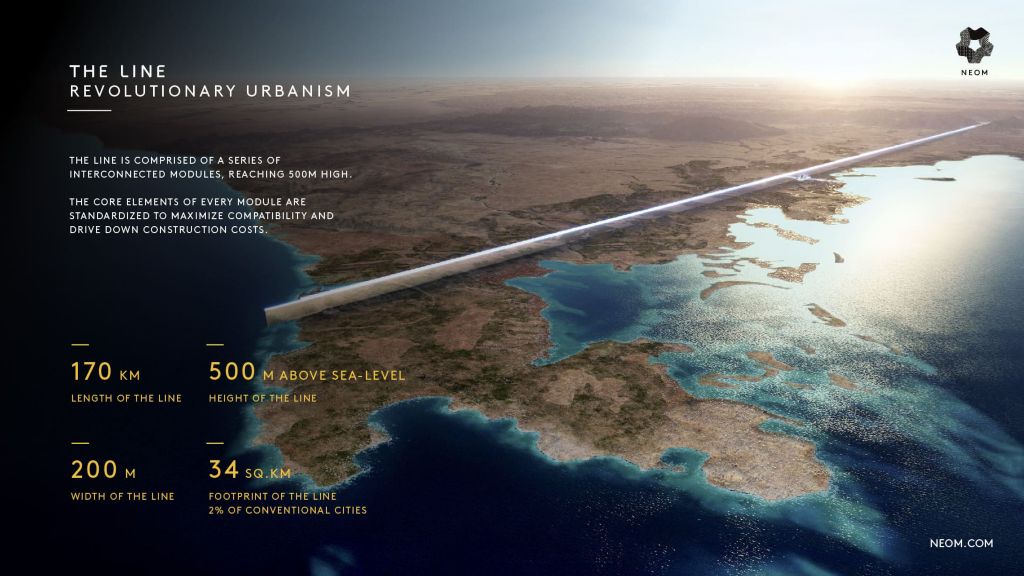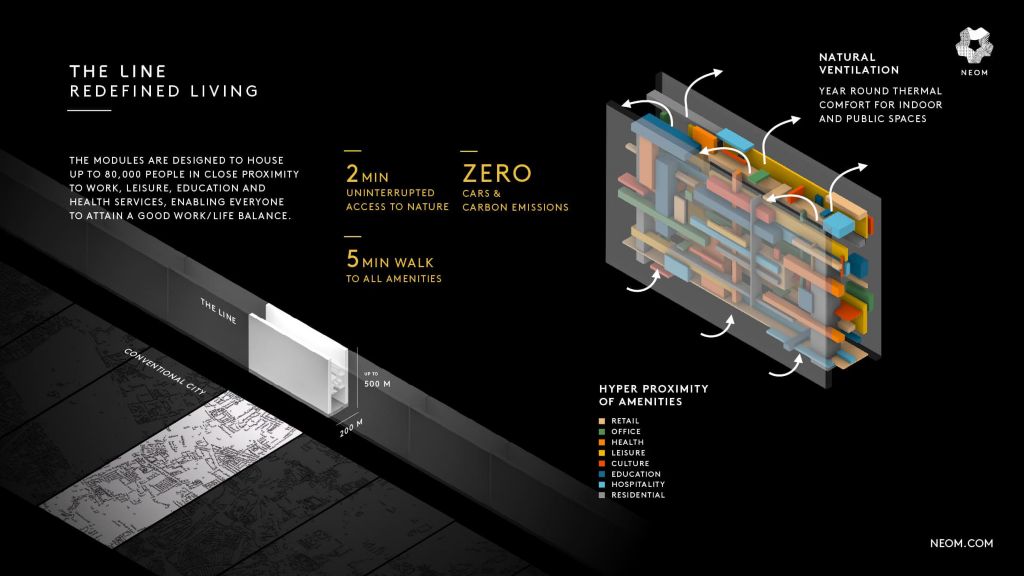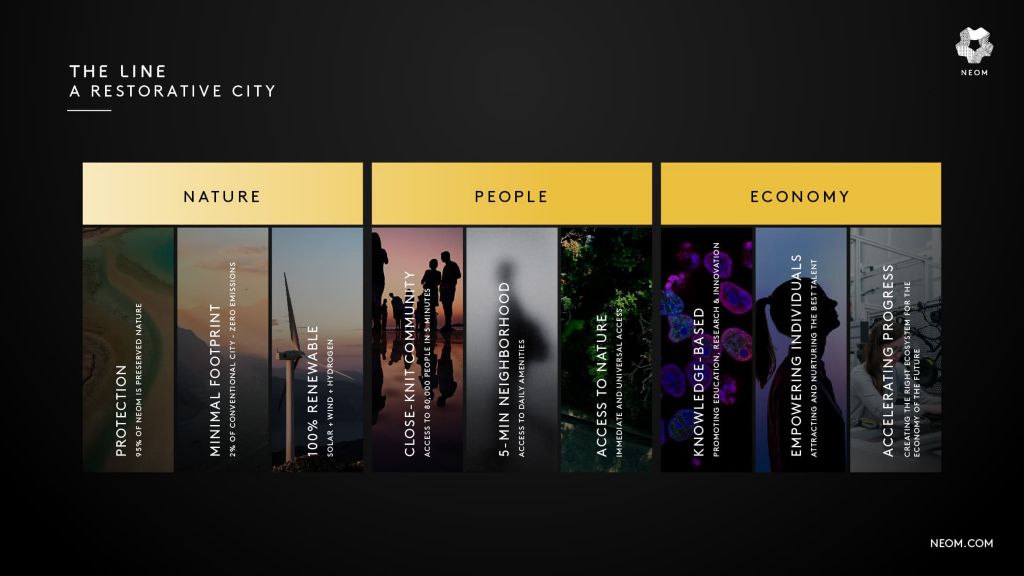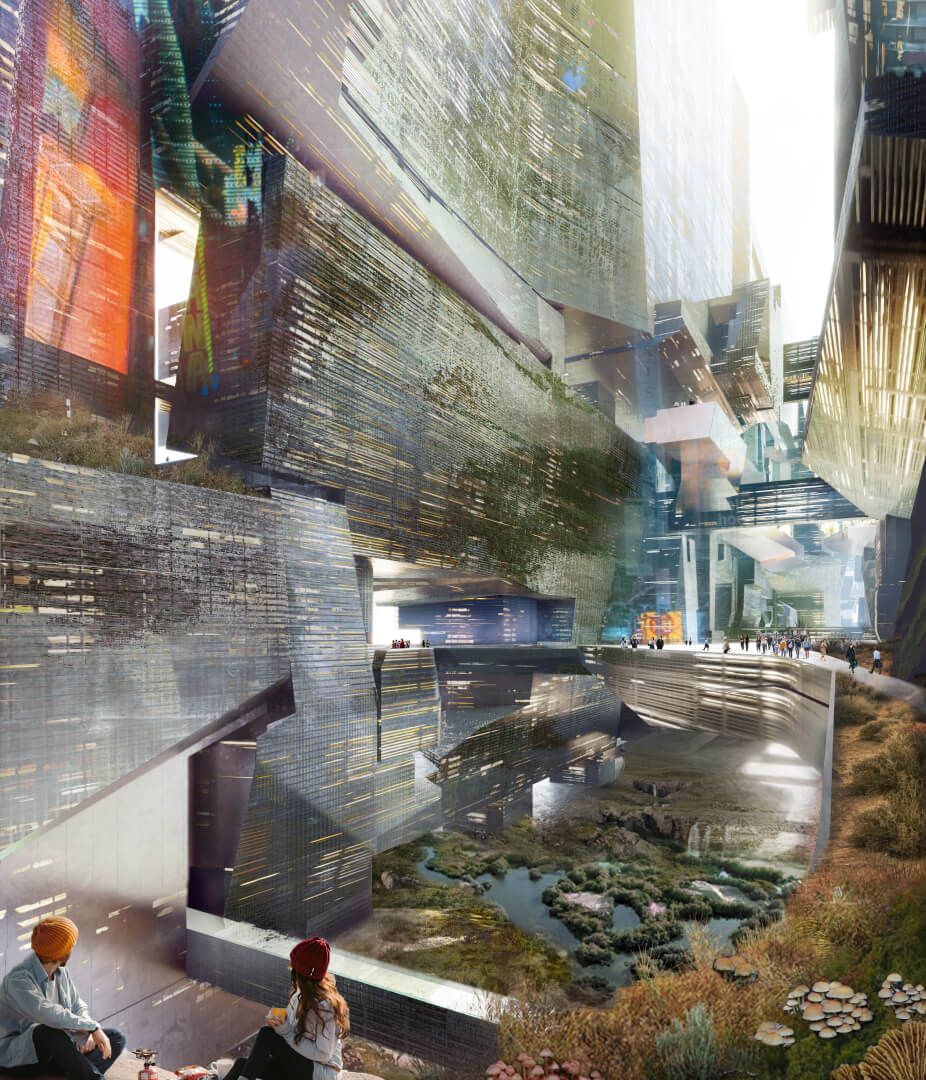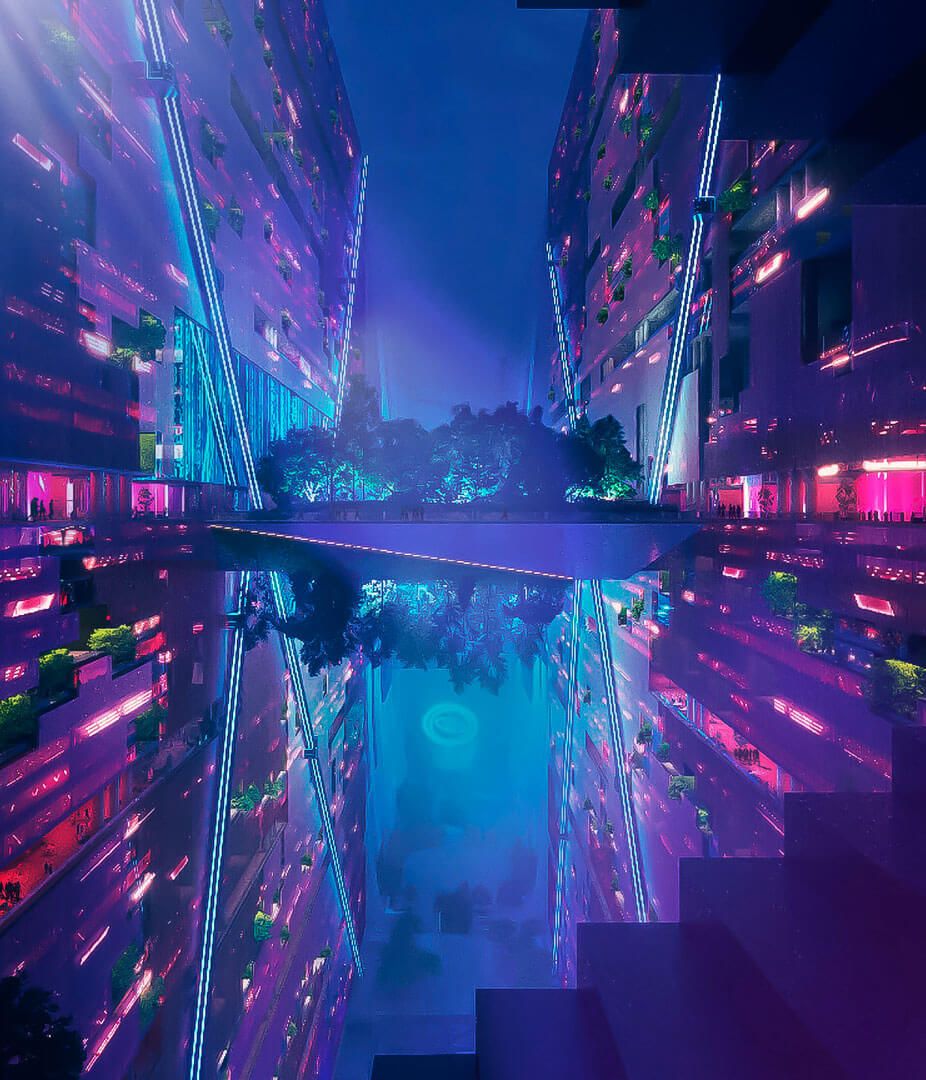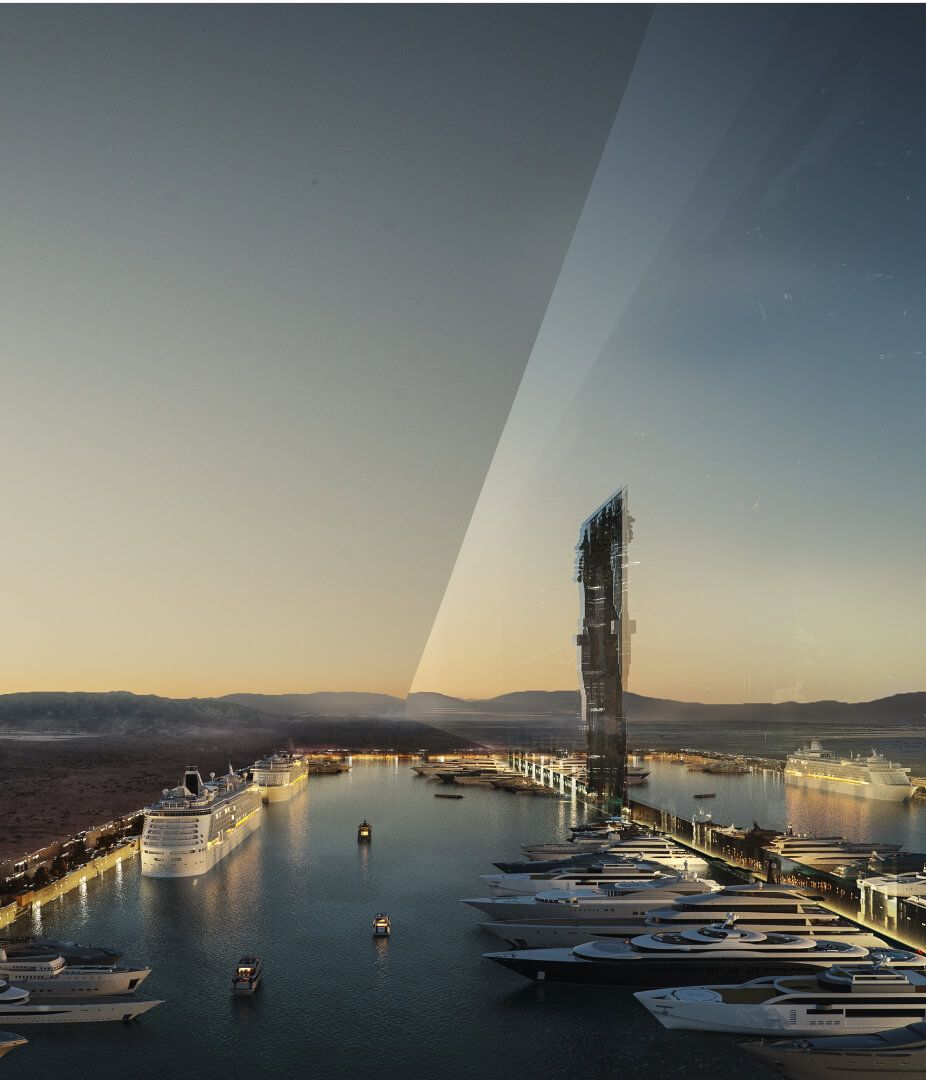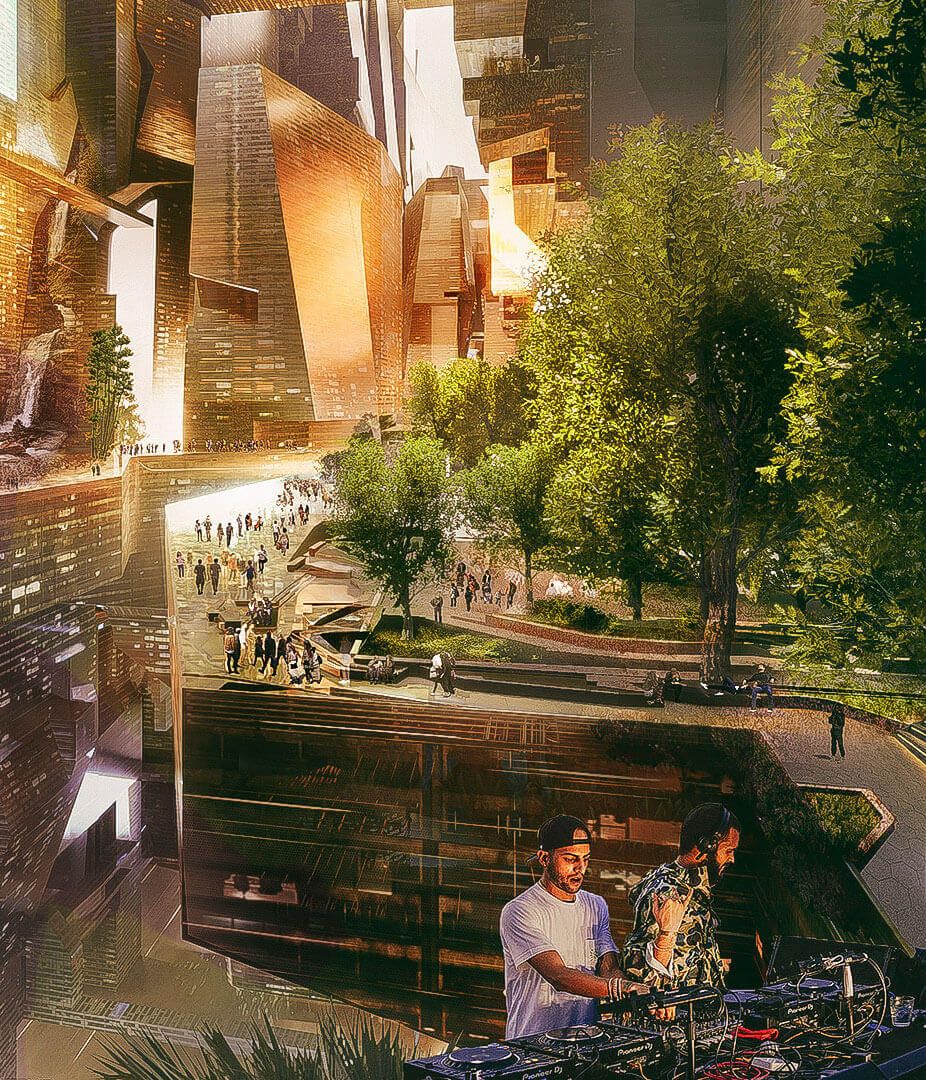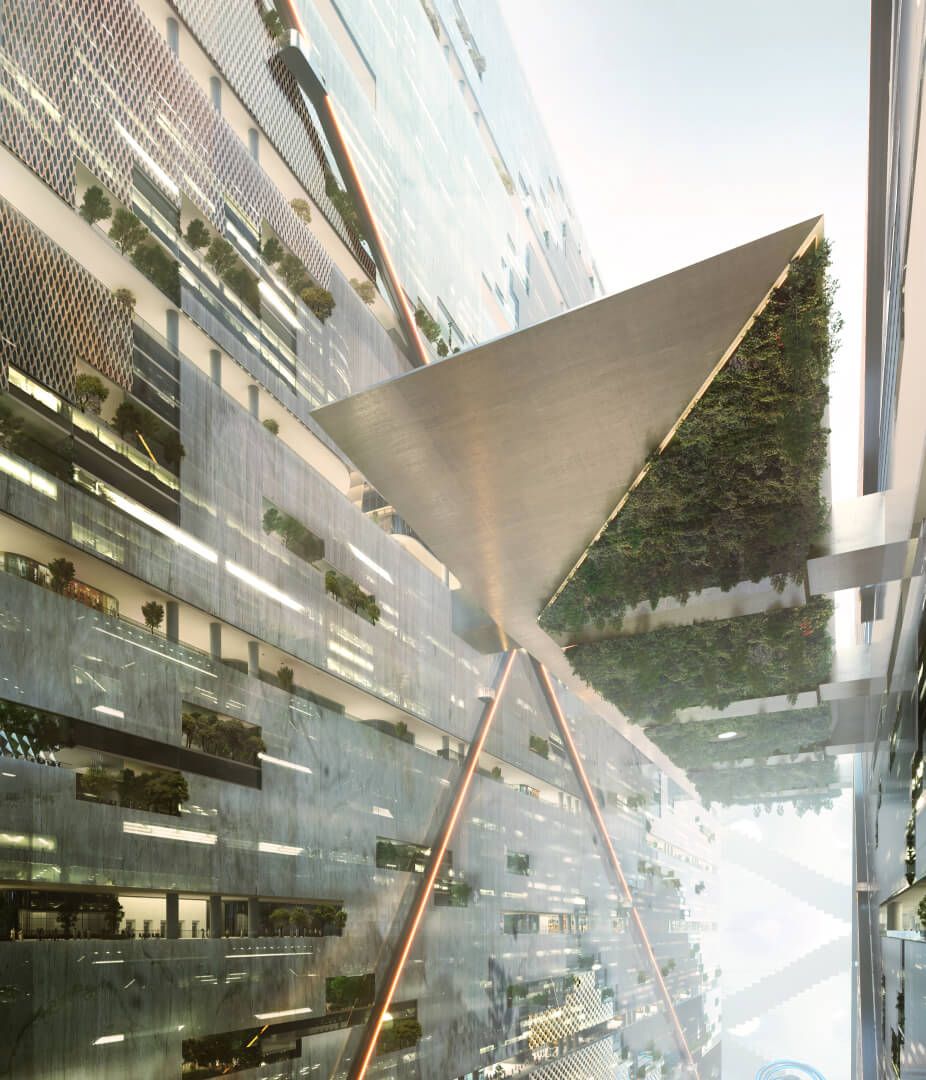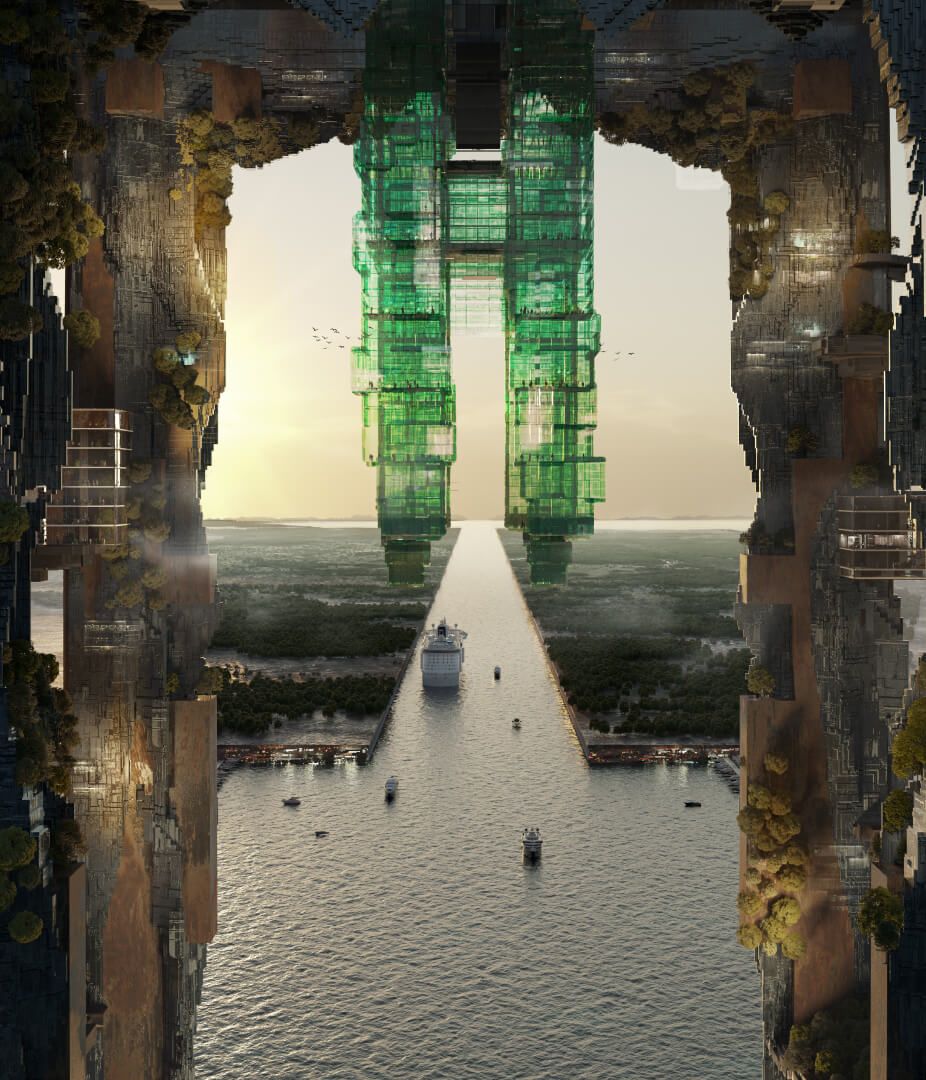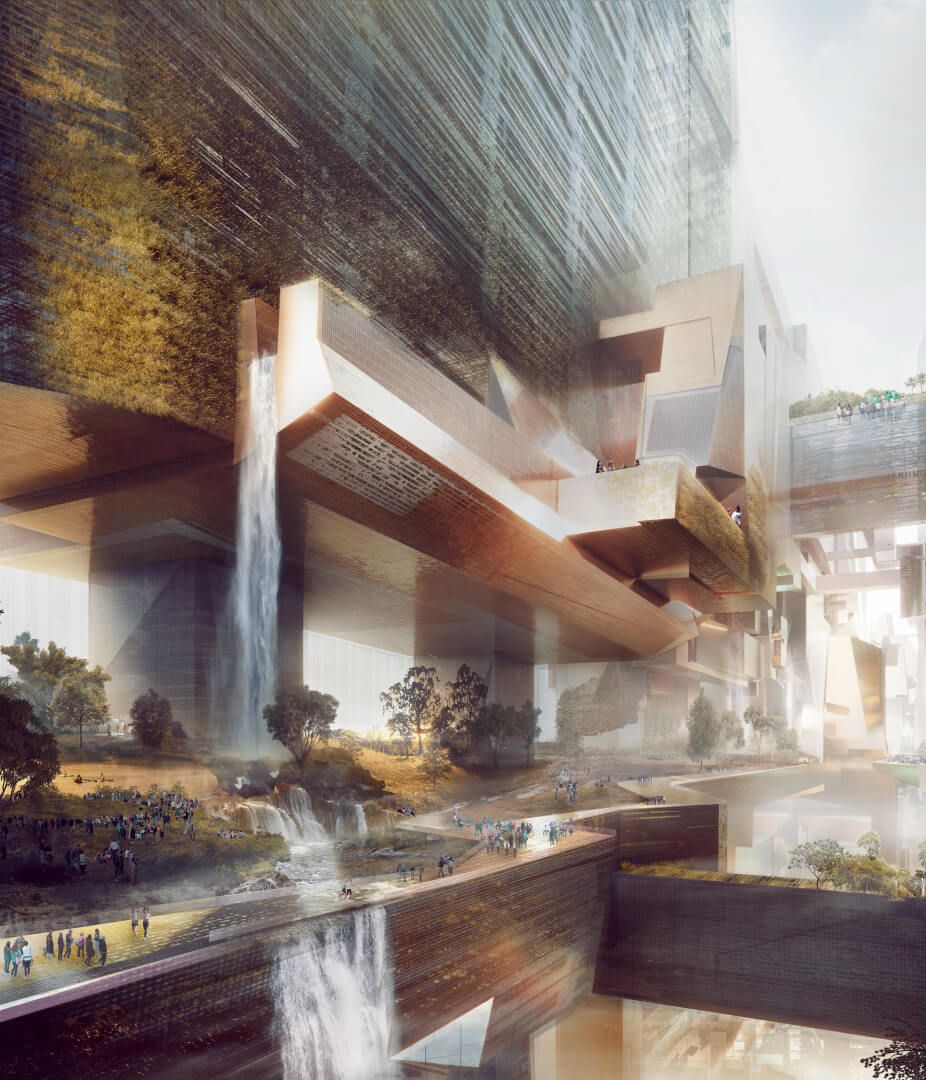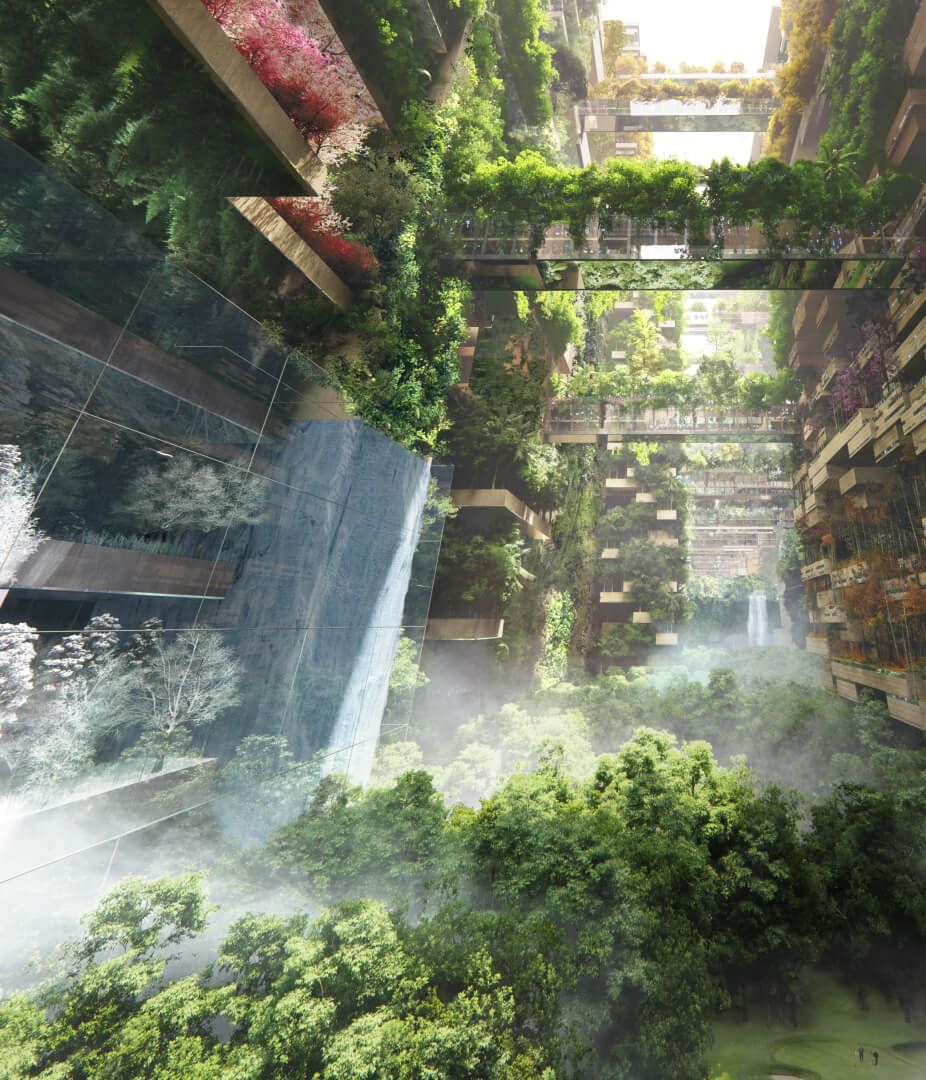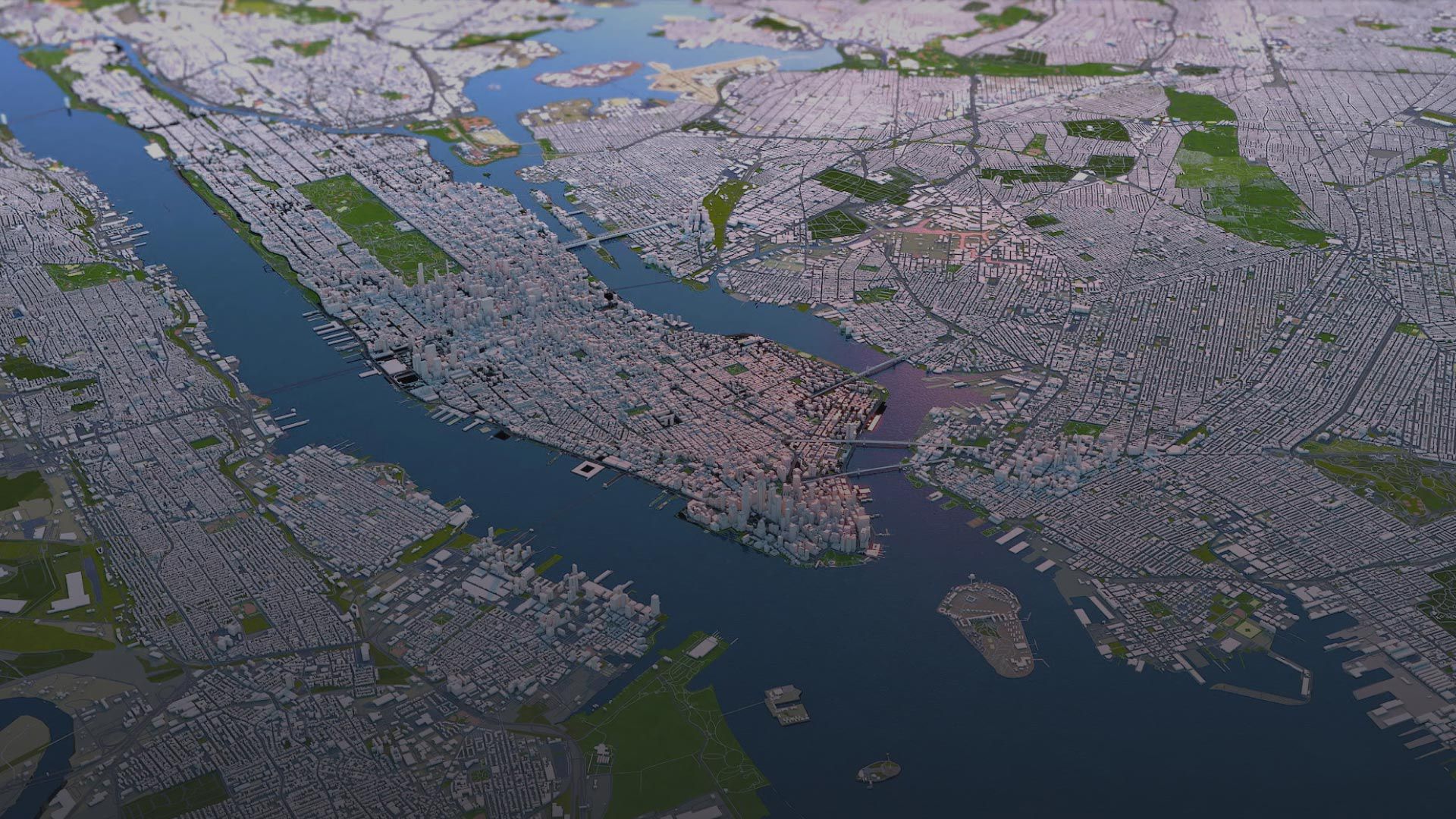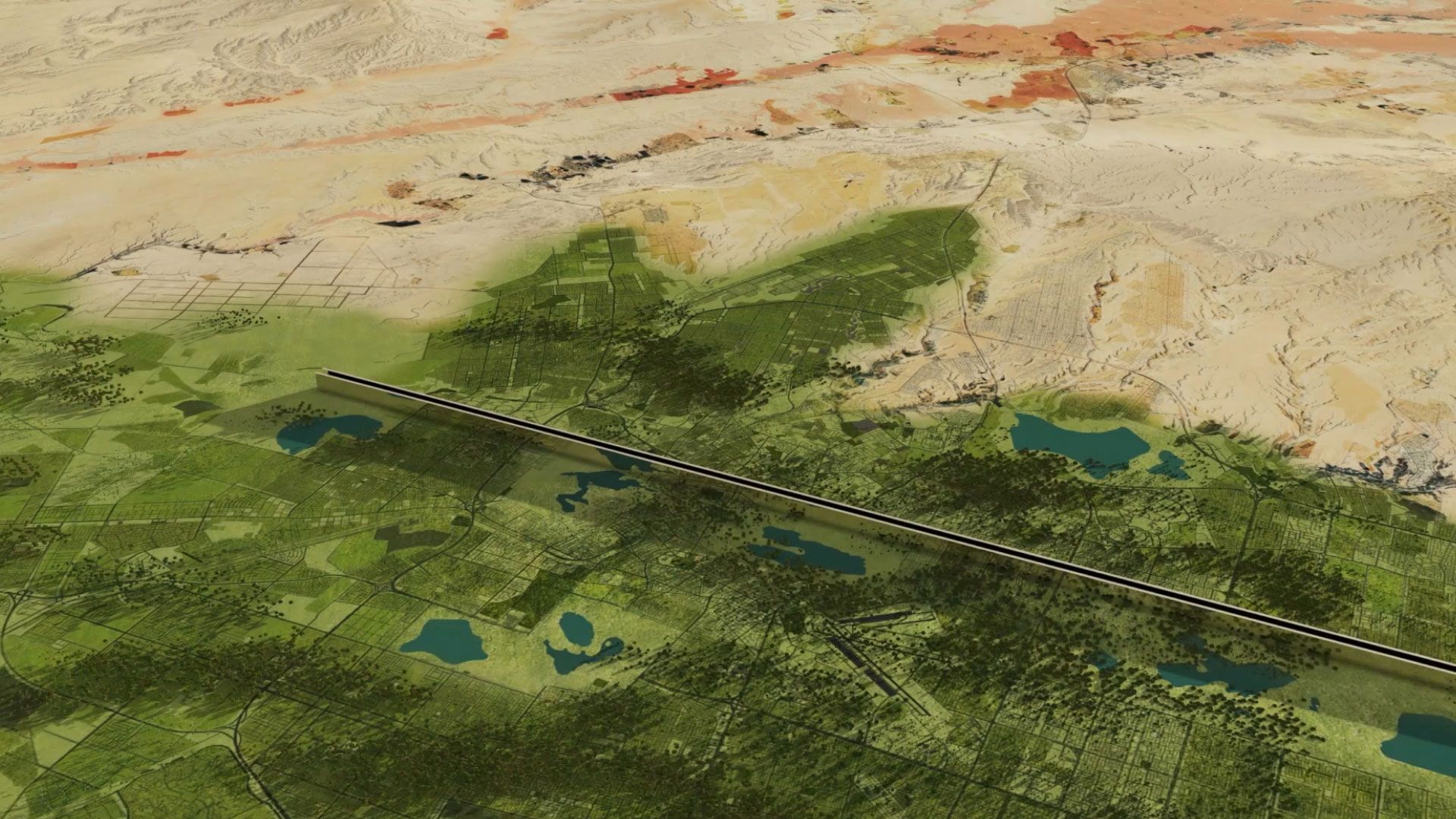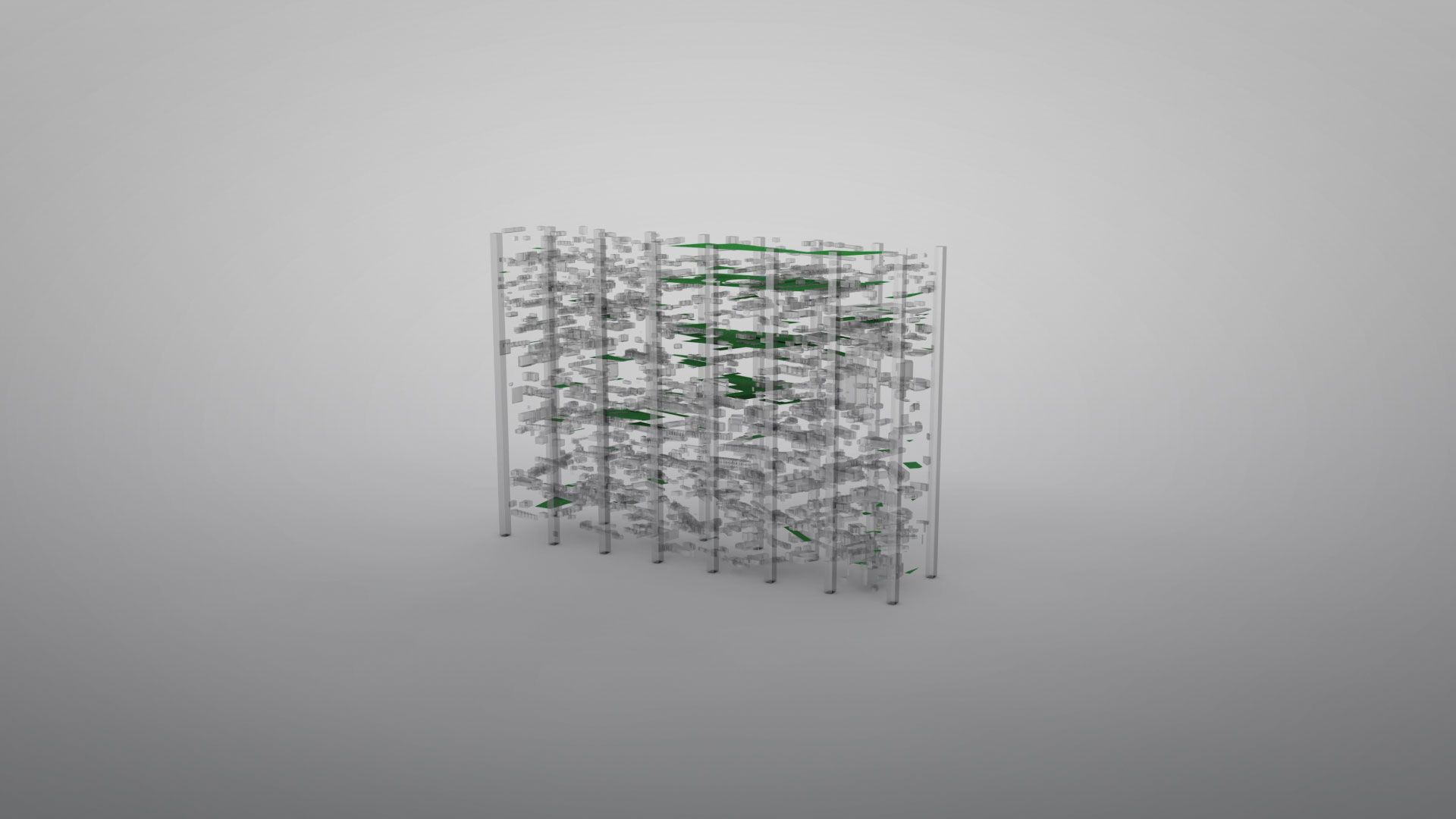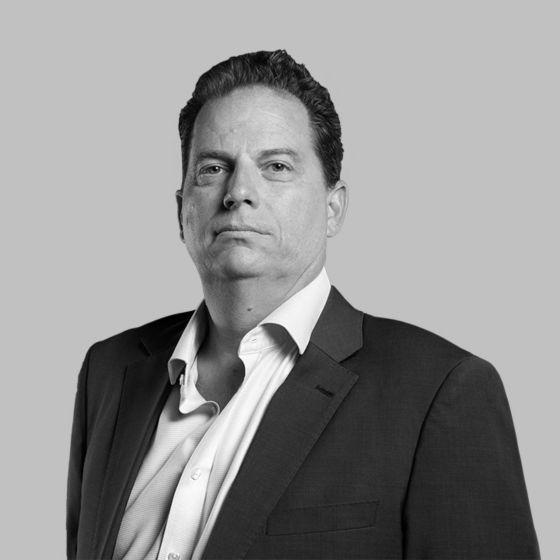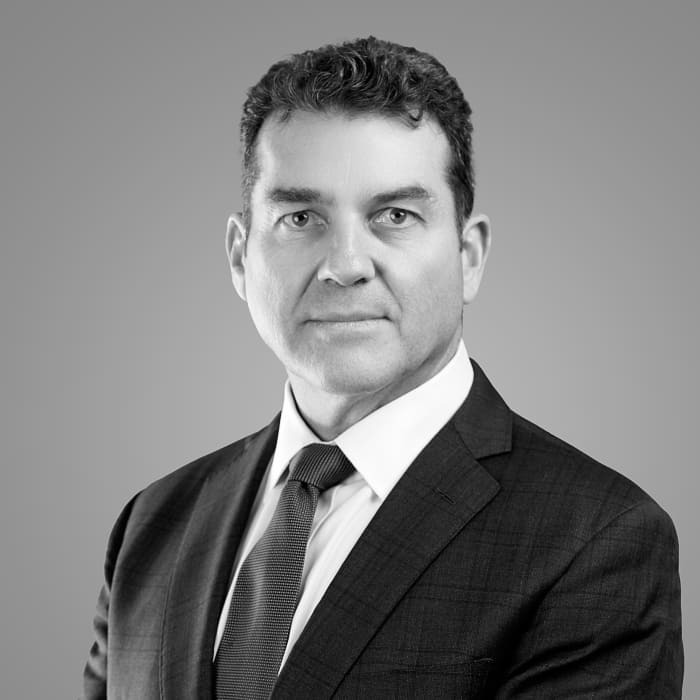-
Could you map out where THE LINE sits in the grand vision for NEOM and how integral it is to the success of the project, plus the world first you are working on?
To a degree, THE LINE is NEOM. It is the epicenter for all activities – the primary home for residents, as a vertical city with all the activities that will be there – from opera houses and libraries to stadiums and universities. Nearly nine million people will live on THE LINE when complete, most of the population of NEOM in fact.
This will be the very first vertical city with mobility built into its very core. This has never been attempted before, we're taking an entire city and putting it on a footprint that's 200 meters wide. As a resident or visitor, you’ll have the ability to travel easily between modules [communities of 80,000 people] horizontally. So if you're in module 40 and you need to go to the football match in module 44, you don't have to go down to go across to go up. You can just go directly across at whatever height to the stadium.
It will also be the first city in the world to be completely run by renewable energy – with a zero-carbon footprint. This is not just stacking everything on top of each other, we are reinventing things that exist in a conventional horizontal realm for a vertical close-proximity landscape. The goal is to ensure people are only ever five minutes away from everything they want in the world because all will be directly below or above you.
-
How will this change the game for the world of work, living and sustainability?
The expensive thing about starting a city is infrastructure. How do you reduce that massive sunk cost? Because that's a central cost that any government has to pay. The government has to put in the roads, the pipes, the cables, the airports, bridges and somehow tackle pollution and urban sprawl. What we are achieving with 34 square kilometers of space through vertical urbanism would take 1,600 square kilometers in London, for example. By default, it's a more efficient way of doing things. And there’s no need for a car when you live on the 80th floor and everything is easily reachable, cars disappear when causes disappear.
In terms of tackling urban sprawl, our vertical urbanism approach will mean that land is given back to nature. And that natural desert will be improved through rewilding – to reintroduce native species, both fauna and flora – and the rehabilitation of land. The idea is to tread lightly, there are no eight-lane freeways or massive car parks. We will create a perfectly symmetrical balance between nature and humans, but on a large scale the likes of which you can’t find anywhere else – whether it’s London, New York, Paris or Seoul.
Plus we want to deliver equitable living. The idea is that irrespective of what you do for a living or what you earn, you share the same amenities in the same close proximity to you as everyone else.
-
The combination of architectural excellence, natural beauty, walkability and next-level technology on THE LINE is compelling. Why has nobody ever done this before?
There hasn't been a need. If you look at the 20th century cities, most were settlements that became villages, towns and then cities – with an evolution over hundreds of years. They were based around vehicle mobility and eventually large road networks.
THE LINE aims to do a number of things. To deal with the population growth that Saudi Arabia is expecting, Jeddah and Riyadh can only absorb so many people before the infrastructure is maxed out. Therefore, you need a brand new city; without the pollution, congestion, inefficiency, urban sprawl and inequality that traditional cities suffer from.
The world is urbanizing at an incredible rate, with people flocking to existing global cities. This is causing rapid urban sprawl and people are getting further and further away from where they need to work. Spending more money on transport and putting extra buses on the road just creates additional pollution. It's a never ending cycle. Some of those cities around the world are also at risk of flooding.
If we can solve all of those issues with one solution, why would you build something that looks like what everybody else has already got? This is the way the Kingdom is addressing its responsibility on all of those issues.
-
In terms of the landmark assets planned for each module, could you perhaps tell us a bit more about those – the university, the stadium, the opera house, water park, convention center and so on?
The city is a growth model. We're not building this all at once, but it will be rolled out between now and 2045. So you don't build all your stadiums in one go. You build them to meet whatever population they serve.
In the masterplan, which is the 170 kilometers of THE LINE that houses 9 million people, we've proportionately mapped out how many football stadiums, opera houses, theaters, cinemas, police stations, schools, hospitals and so on that we need as the timeline plays out. Everything in the construction relates to a population matrix.
We are building a university in the first module because we want to anchor the launch around innovation and education. Every single thing you can think of in any city in the world will be on THE LINE at some point, but it may not be in the very first module; just when it makes sense from a population perspective. We do want to create a world-class waterpark, for instance, but only when the time is right.
-
What will the mobility landscape look like in terms of short, medium and long distances for residents – and how will renewable energy and water feature?
It's a hierarchical system of mobility and the nice thing about that is that everything goes in the same direction. Whether it's water, it goes up and then it goes across, it doesn't spread out like a spiderweb. People will do the same thing because everything runs in a dead straight line, you can run everything adjacent and as efficiently, and fast, as possible.
For example, The Spine which is our high-speed rail network that will link the international airport to the Gulf of Aqaba on the coast in four stops. A metro system will allow local travel from module-to-module. Plus there will be horizontal transport corridors at four different heights that might well be pods, light rail or even horizontal elevators – we are still deciding on that particular solution.
If you're on the 50th floor and you want to go two kilometers to the stadium to watch the NEOM Football Club play Barcelona, for instance, you would jump on one of the various systems. It'll either be 10 floors above you or 10 floors below that you will be able to catch it. Whereas if you were in a 50-storey building in New York and you wanted to catch a train, you actually have to go to the ground floor, leave the building and find a train. Then you've got to go in a roundabout way because subway systems don't run in a perfect straight line. We're trying to cut down on people's commutes. The more time we can give back to the individual to declutter their lives, the better.
The city will also run on a net-zero basis, which means our energy is derived from renewable resources – wind, solar, green hydrogen and other technologies that will evolve. There's no other city in the world that can say the same thing.
To use London as an example again, 25% of the water that is sent to London is lost through leaks you can’t see. Every other city in the world suffers exactly the same thing. Some pipes are 200 years old. In a vertical system, you will very quickly see if there's a leak because everything is highly visible and accessible. We're starting with legacy-free infrastructure. We don’t have to retrofit and so we can meter energy and water at every point of the system. And we plan to use remineralized desalinated water.
-
People will ask how is it possible to build a new city of nine million people from scratch in such a short period of time – that is a huge challenge isn’t it, when you consider that other new-world cities like Singapore took 50 years?
We'd like to see close to a million people living on THE LINE in 2030. How do we do that? We've got to build quite a lot of real estate in a short space of time. Well, we're not actually building THE LINE. We're assembling it from a series of modular pieces that are pre-engineered and predetermined as to what they do. So we're using a lot of artificial intelligence to design through a digital twin backbone. For example, we will have one door-lock system. But if we need 100 million of them, then it's easier for us to set up a factory and create exactly the same block 100 million times.
We will create a very simple process with optimized, standardized and industrialized production whereby things are made in factories in large-scale volumes within NEOM – so that we don’t have to transport them far. Think of it like a giant assembly kit. The great thing about pre-engineered parts is that you can control quality and you can control dimensions, so that things connect.
-
As a cognitive city, how important will population data be to the success of THE LINE – and how will you balance convenience with data privacy?
Data allows you to map behavior and create predictability with patterns of people, what they do and what they want. If the cognitive system can see that every morning at 8.15am, there are a large amount of people that want the lift on the 50th floor to go to the 60th floor then you are able to make the lives of those people easier by ensuring the elevator is waiting there for them – rather than a predetermined system that means them having to press a button and wait for it to arrive down from the 100th floor.
It's actually a human-centric approach, using machines to process large volumes of data to come up with optimal solutions. And it's a virtuous circle because the more the system learns, the bigger the data pool and the more accurate the algorithms become.
-
What is the legacy you want to leave for future generations – and what is the timeline for the delivery of your goals and objectives on THE LINE?
I come from a sustainability and real estate background. Real estate contributes 40% of the world's carbon emissions now and has been an industry that takes more than it gives back to the planet. NEOM has the vision to do something about it. We're not ideologues here, but there is a better way and we want to lead it. We have the opportunity to rethink solutions to all of the problems related to city-building.
In mid 2026 you'll be able to fly into the new international airport, jump on a high-speed train and get to any part of NEOM. Before that, there will be a tourism uptake and the first residents in other regions in NEOM, like Trojena. The plan is to have one million people living on THE LINE in 2030 and then nearly nine million by 2045.
-
Why are the walls mirrored – is it for reasons related to harnessing solar power, to blend in with the natural environment, to create striking architecture or something else? And can you tell us all about the hidden marina?
The most important thing for us is that we're building a very large structure in a pristine part of the world. If the building was black, it would stand out. With a mirrored facade, wherever you are looking you will see the land behind you, which will be a natural environment.
It will blend in perfectly with the surrounding environment. THE LINE becomes part of its environment, at one with nature. There are, of course, other benefits in relation to integrating solar panels into the southern wall and so on.
And to the hidden marina, it is one of the large activation points of the project – a large marina for all sorts of boats in the leisure and recreational segments. There won't be any cargo ships, but there will be cruise ships. It will be a cruise hub like Fort Lauderdale in Florida or Montenegro in the Mediterranean.
The Red Sea is a fantastic boating area. And we don't have tornadoes, we don't have hurricanes. It’s very stable with great weather and beautiful crystal clear waters. Plus, in terms of access, we are on the doorstep of Europe.
-
With such a high structure, towering 500 meters high, how will you mitigate against dark shaded spaces? And how easy will it be to grow greenery in shaded areas?
The mirrored facade will be penetrated by natural light and the canyon [inside of the structure] has been scientifically modeled in a way that makes the most of the sun’s high arc in summer and low arc in winter. In terms of the vegetation, the things that need light would be where the light is. But not all plants want total daylight. A lot of plants prefer shade or semi-shaded areas. They will be chosen accordingly for where they sit within the plan.
-
Are you able to talk about the international airport at this stage and how that will fit into the blueprint for THE LINE as time goes on?
The airport will be a large gateway into the Kingdom of Saudi Arabia integrated into THE LINE. Usually, a conventional airport is a long way from everybody and you go through the boring process of going through immigration, waiting for your bags and then carrying those bags to your destination. Imagine if you pre-clear, go through a biometric scanner and your bag is transported to your destination for you. This artificial intelligence approach is something we are looking at. An airport is your first experience of a place, so you don’t want it to destroy a good vibe on arrival. It should be a pleasant customer experience, that is what we are trying to reimagine with a holistic approach.
-
How will the approach to the public realm be different from other cities around the world? And would it be fair to say that THE LINE will have the best quality of living on the planet?
The idea is that our public realm is very open and accessible. If you need to get from A to B, then you go through the public realm. Therefore, it can't be narrow passages. It can't be dark. Green spaces and parks will be integrated.
Perhaps the public realm goes right through the middle of a university. And as you walk through the university, all the laboratories are glass-fronted. You see the students learning, you see the robots working. Maybe in the culinary school you walk past, you see the open kitchen. So it gives you community from the visibility and transparency. So we may have glass walls next to 3D printers making things. The public realm then becomes more than just a walkway from A to B, it becomes part of the fabric of the city.
Our objective is to have the best quality of life on the planet. Different people have different values as to what makes their lives enjoyable. In the annual rankings, it's normally the usual suspects of Vienna, Copenhagen, Adelaide or Vancouver that tend to come out on top.
There are various measures that are applied to the formula like class sizes in schools or short waiting times in hospitals. We want to surpass those, we are trying to improve on the best cities in the world from a livability point of view. Livability generally is about health, wellness, commutes, pollution, green spaces, access to X, Y and Z. They're the basic building blocks of what makes a city livable.
-
Do you have an idea of what the population will look like in terms of demographics, nationalities, socio-economic status and so on?
THE LINE is a living experiment for how people can live well in the future. It will tick a lot of boxes for people who believe in what we're doing in terms of sustainability and leaving a smaller footprint in the world. The project will have a very strong technology, biomedical and educational focus – so if you would naturally end up in the ecosystems at M.I.T, Silicon Valley or Stanford, for instance, then THE LINE is going to appeal to you as a new honeypot city.
It's going to have the best of everything in the world, which will lead to an ecosystem of incubation and a proliferation of ideas and inspiration. Silicon Valley doesn't exist with only four companies, there are 40,000 interconnected companies and a community there. So people will start to see THE LINE as an alternative. One without commutes and the humidity of Singapore, the pollution of London, the poor weather of Paris or the tax of Silicon Valley – just to use real-world examples to illustrate the point.
-
THE LINE is in a seismic zone. What challenges does that present?
We resolved that early on with smart engineering solutions and global best practice. We’re not the only city in the world in a seismic zone. For example, San Francisco has buildings over 300 meters tall and it’s on a fault line. Tokyo too has buildings more than 500 meters high. So it was actually one of the easier challenges to navigate.
-
THE LINE will amplify the chance of bumping into friends and family. Some people will love that serendipity. But some want to escape and to be remote from others – how will you cater for that small group in society?
I think that the idea then would be to live in a different module or a different part of THE LINE. Just because we’re creating a vertical city, it doesn't mean we won't have districts and suburbs. So if you want to, you can live 100 kilometers apart from your family – but be only 20 minutes away by train.
Of course, you will not just be inside the city at all times. As with any other building, you can go to the ground floor and go outside to the beach, the desert or the mountains. All of this will be on your doorstep.
-
In terms of the key numbers: Why 500 meters high and 200 meters wide? And why 170 kilometers long?
We need a city that can accommodate nine million people, taking Saudi Arabia towards its 2050 population goal, and we need to do that efficiently – with the smallest possible footprint and the optimal livability for residents.
So, 200 meters wide by 500 meters tall – and 170 kilometers in length – was the best engineered solution. It wasn’t random. These numbers are driven by research and science – when it comes to elements such as the depth of light, air circulation and so on.
-
When it comes to the microclimate, the benefits of such stability and pleasant year-round temperatures are obvious. How does the canyon in the middle of THE LINE deal with weather extremes like summer heat and winter winds?
Micro-climate principles are well understood. You can create a tropical jungle in Moscow inside a glass dome quite easily, for instance. It’s all about how the air and light enters the space. And THE LINE is scientifically engineered to make the most of that knowledge.
The arc of the sun will mean that the outdoor spaces will not be getting sun for all 10 hours of the day because of the blade effects of the tall structures. This mitigates against heat build-up. And in terms of winds, the blades will buffer the outer skin, leaving the canyon completely free of issues relating to wind and dust. Meanwhile, the top of THE LINE will be open so that the canyon can breathe. On top of that, we won’t have pollution like other big cities – so you will be able to enjoy the outdoors to the max.
-
The world received news of THE LINE in a hugely positive way, but there are a small percentage of naysayers. What would you say to those who have yet to be convinced?
Even in the world's most livable cities – places like Vancouver, Adelaide, Auckland, Copenhagen and Vienna – there are people who think they are not great. You can’t make everybody happy all of the time, but for us the proof will be in the product. We have to now deliver and we will.
It will certainly appeal to a large number of people in the world – from the digital nomads to the emerging tech and gaming sectors here in Saudi Arabia, for example. THE LINE will be hugely attractive to those drawn to tech, research, education and the environment. We are designing for the greater good.
-
Saudi Arabia is now one of the fastest growing economies in the world, with a young population and a visionary leader looking to position NEOM at the forefront of growth. How exciting is it to be a part of this new future?
It's very exciting to have that blank canvas. I've been in this industry a long time working with real estate, smart tech and sustainability – but here we are creating something that has never been done before. We have a visionary leader, who has enabled us to do it.
Elsewhere in the world you might have political constraints, financial constraints or technical constraints. But with blue-sky thinking, we are creating this new future and we will succeed.
-
Could you tell us a bit more about your own profile and career – and why you decided to join NEOM?
My background is construction, project management and development. I’ve been the supplier and the client so I’ve seen it from both sides. Having started 20 years ago in my native Australia, I’ve seen two decades of evolution in this industry – with green real estate, net-zero and decarbonization.
Personally, I want to leave a smaller footprint on the world so that’s what drives me. And NEOM provides the opportunity to achieve that. It’s about a holistic and preventative approach.
You just think about things in a different way and ask questions like – why do we want lifts that only go up and down, rather than horizontally? Did we have that wrong for the last 100 years? Why do you need to leave the building to go and play sports, rather than having a stadium or facility within the building?
The idea of no cars, commutes, congestion or pollution – and a circular economy with little or no waste in a cognitive city set against a backdrop of thriving nature. That is compelling for anyone.
What I find inspiring here at NEOM is that there are some of the best minds in the world, all in the same place at the same time working on different parts of the project. I really enjoy that camaraderie and community. We work very hard, but it’s also fun and we are well looked after.
